

25,000+ students realised their study abroad dream with us. Take the first step today
Here’s your new year gift, one app for all your, study abroad needs, start your journey, track your progress, grow with the community and so much more.

Verification Code
An OTP has been sent to your registered mobile no. Please verify

Thanks for your comment !
Our team will review it before it's shown to our readers.

- Famous Personalities /
What Can We Learn From The Great Personalities?
- Updated on
- Nov 19, 2022
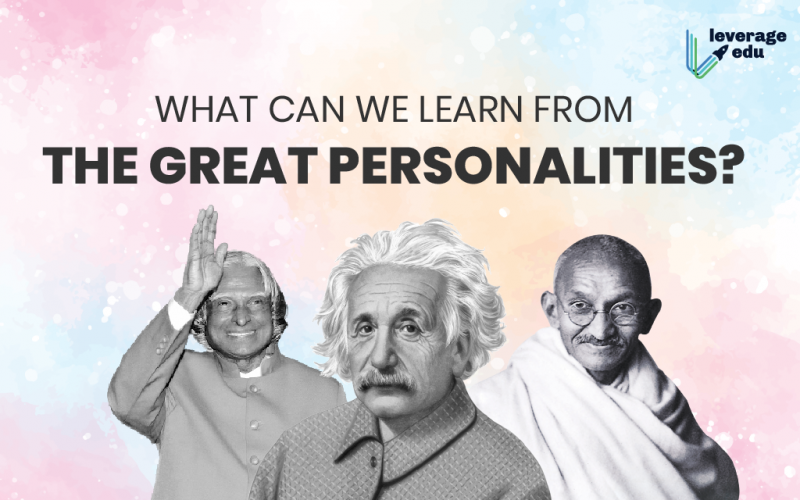
When you ask young kids about what they want to become when they grow up, you are sure to come across answers like “I want to become a scientist like Albert Einstein ” or “I want to become a cricketer like Sachin Tendulkar.” It is exciting how great personalities influence not only adults but also children. Reading stories of successful people can leave an indelible impression on the people and their lives. From their struggles to their passion and achieving great reputations, there is an endless number of things that you can learn from such personalities. Keeping that in mind, we have formulated a list of great personalities who not only excelled in their careers but also gave the power to dream to millions of others.
This Blog Includes:
20 great personalities of india, 20 great personalities of the world, great personalities in science, great personalities in social welfare, great political leaders, great personalities in innovation & technology, greatest personalities in arts & literature, famous indian female personalities, nelson mandela, abraham lincoln, dr apj abdul kalam, coco chanel, albert einstein, walt disney, sachin tendulkar, michael jackson, marilyn monroe, thomas alva edison, kalpana chawla , leo tolstoy, satyajit ray, other great personalities, famous personalities of india, great personalities quotes.
Here are the greatest Inspiring Personalities in India:
- Mahatma Gandhi (1869-1948) : the Father of India
- Dr. B. R. Ambedkar (1891–1956) : Indian Social Reformer
- Jawaharlal Nehru (1889–1964) : the First Prime Minister of India, an Indian Independence activist
- Indira Gandhi (1917–1984) : the First and only Female Prime Minister of India to date
- Mother Teresa (1910–1997) : Albanian-Indian Roman Catholic nun and missionary
- Sri Aurobindo (1872-1950) : Indian Philosopher, Poet and Nationalist
- Lal Bahadur Shastri (1904-1966) : Indian Politician, Second Prime Minister of India
- Dr APJ Abdul Kalam (1931–2015) : Indian Aerospace Scientist and 11th President of India
- Homi J. Bhabha (1909-1966): Indian Nuclear Physicist
- Valabhbhai Patel (1875-1950) : Indian Politician, First Deputy Prime Minister of India
- Rabindranath Tagore (1861-1941) : Indian Poet, Writer, Philosopher, Composer and Painter
- Kalpana Chawla ( 1961-2003) : The first woman of Indian origin to go to space
- Ratan Tata : Indian Industrialist, Philanthropist and Former Chairman of the Tata Group
- Mary Kom : Indian Boxer, the Only female boxer with a medal in each one of the first seven World Championships, Padma Vibhushan
- Kapil Dev : Indian Cricketer
- Sachin Tendulkar : Indian Cricketer
- Azim Premji : Indian Businessman, Investor and Engineer
- Mukesh Ambani : Indian Businessman
- Smriti Irani : Indian Politician, Former TV Actress
- Aamir Khan : Indian Actor
Before we dive deep into the great personalities of the world and their inspiring endeavours, let’s take a look at the top 20 world-famous people.
- Abraham Lincoln (1809 – 1865) : The 16th President of the US; Leader of the American Civil War
- Charles Darwin (1809 – 1882) : English Scientist and Naturalist; Known for his contributions to the Science of Evolution
- Thomas Alva Edison (1847-1931) : American inventor and businessman, known as America’s greatest inventor
- Walt Disney (1901-1966 ): American motion picture and television producer and showman, Created characters like Mickey Mouse, Founder of Disneyland and Disneyworld
- Mother Teresa (1910 – 1997) : Albanian-Indian Roman Catholic nun and missionary
- John F. Kennedy (1917 – 1963) : 35th President of the US; the youngest person to be elected to the Office
- Nelson Mandela (1918 – 2013): South African Anti-Apartheid Revolutionary
- Marilyn Monroe (1926 – 1962): American Actress, Singer and Model
- Martin Luther King (1929 – 1968): American Activist who led the Civil Rights Movement
- Anne Frank (1929-1945): German-Dutch Diarist, Known for the Diary of a Young Girl
- Albert Einstein (1879-1955): German Theoretical Physicist, Renowned for developing the Theory of Relativity
- Leo Tolstoy (1828-1910): Renowned Russian Writer, Known for his phenomenal works like Anna Karenina and War and Peace
- Rosa Parks (1913-2005) : American Activist, Best known for her role in Montgomery Bus Boycott
- Coco Chanel (1883-1971) : French Fashion Designer and Businesswoman, Founder of the world-famous brand Chanel
- Dr APJ Abdul Kalam (1931-2015) : Indian Aerospace Scientist and 11th President of India
- Michael Jackson (1958-2009) : American Singer, Songwriter and Dancer, Renowned as the King of Pop
- Kalpana Chawla (1961-2003) : Indian-American Astronaut and Engineer, the First woman of Indian origin to go to space
- Satyajit Ray (1921-1992) : Oscar-award Winning Indian Filmmaker, writer and illustrator; Known for films like Apu Trilogy and Jalsaghar
- Muhammad Ali (1942 – 2016) : American Boxer, Activist and Philanthropist
25 Great Personalities Inspiring Children
There are many well-known personalities in Science, Literature, Politics, Technology, Business and Arts that are truly inspiring children to give their best and learn the complexities of life! Here are the greatest personalities who are truly an inspiration to children.
- Albert Einstein : German Theoretical Physicist, Renowned for developing the Theory of Relativity
- Isaac Newton : English Mathematician, Physicist, and Astronomer who gave the Laws of Motion and Gravitation
- Thomas Alva Edison : American inventor and businessman, known as America’s greatest inventor
- Nikola Tesla : Serbian-American Engineer and Physicist, designed the Alternating-Current (AC) electric system
- Dr APJ Abdul Kalam : Indian Aerospace Scientist and 11th President of India
- Nelson Mandela : South African Anti-Apartheid Revolutionary
- Abraham Lincoln : 16th President of the US; Leader of the American Civil War
- Mahatma Gandhi : the Father of India, an anti-colonial Nationalist, Led the Non-violence movements against British colonisers for India’s independence
- Mother Teresa : Albanian-Indian Roman Catholic nun and missionary
- Kailash Satyarthi : Indian social reformer working towards the elimination of child labour in India; Nobel Peace Prize Winner 2014
- Martin J. Luther King : American Activist who led the Civil Rights Movement
- Pandit Jawaharlal Nehru : the First Prime Minister of India, an Indian Independence activist
- Dr Rajendra Prasad : Indian Independence activist, lawyer, and the First President of India
- Barack Obama : American Politician and Attorney, the first African-American President of India
- Subhash Chandra Bose : Indian National, Founder of the Indian National Army
- Steve Jobs : American inventor, the Co-founder of Apple Computers
- Mark Zuckerberg : American Entrepreneur, the Co-founder of Facebook
- Jeff Bezos : American Entrepreneur, CEO and Founder of Amazon
- Jack Ma : Chinese Entrepreneur, Co-founder of Alibaba Group
- Elon Musk : American businessman, Engineer, CEO, CTO & Chief Designer of SpaceX
- William Shakespeare : English Playwright, Poet and Actor, and one of the greatest playwrights in English Literature
- Rabindranath Tagore : Indian writer, poet and composer, Nobel Laureate in Literature, Best known for his literary works in Bengali literature including Gitanjali, The Home and The World and Gora
- Jane Austen : English Novelist, best known for Pride and Prejudice, Emma and Sense and Sensibility
- Anne Frank : German-Dutch Diarist, known for the Diary of a Young Girl
- Leo Tolstoy (1828-1910) : Renowned Russian Writer, known for his phenomenal works like Anna Karenina and War and Peace
- Anandibai Gopalrao Joshi
- Roshini Sharma
- Shila Dawre
- Arunima Sinha
- Reita Faria Powel
- Mithali Raj
- Mother Teresa
- Indira Gandhi
- Pratibha Patil
“I learned that courage was not the absence of fear, but the triumph over it. “ – Nelson Mandela
Born in a small village named Mvezo in South Africa, Nelson Mandela was originally named Rolihlahla Mandela. He grew up listening to the stories of the valour of his ancestors during the wars of resistance.
In the early 1940s, he chose to study law at the University of Witwatersrand where he got to know people from all races and backgrounds. During these years, he went on to join the African National Congress (ANC) in which a group of young Africans aimed to start a mass grassroots movement to voice the concerns of rural peasants and working people. ANC accepted his effective ways of petitioning like boycotts, strikes, non-cooperation and civil disobedience. What ensued ahead is a long journey of defiance against the oppressive South African regime and its apartheid policies. Mandela spent almost 27 years in prison. He was arrested and detained continuously and emerged as a potent symbol of black resistance. He was released in 1990, and in 1993, Mandela received a Nobel Peace Prize for dismantling apartheid in South Africa. In 1994, he was elected as the first black President of South Africa in the country’s first-ever democratic elections.
“My best friend is a person who will give me a book I have not read.” – Abraham Lincoln
Renowned for the liberation of slaves in the United States, Abraham Lincoln was born on February 12, 1849. He was raised in Kentucky where he pursued a meagre education as he had to consistently juggle between jobs to provide for his family.
He was a self-taught lawyer and legislator, who went on to become one of the American heroes and great personalities of the American Civil War. He was appointed as the 16th US President shortly before the outbreak of the Civil War. Lincoln adopted an unconventional approach as a war leader in which he preferred to react to arising problems and circumstances rather than originating new policies and laying out designs.
Taking an experimental approach, he blended statecraft with the direction of armies. He utilised his practical insight and common sense to bring triumph to the country as a brilliant military strategist and savvy leader. It was not just his military genius that set him apart, but his gradual plan to bring freedom to the slaves through his tactical Emancipation Proclamation which paved the way for the abolishment of slavery in America.
“Dream, dream, dream. Dreams transform into thoughts and thoughts result in action.” – Dr APJ Abdul Kalam
People’s favourite leader, Dr Avul Pakir Jainulabdeen Abdul Kalam, also known as APJ Abdul Kalam , was a millennial Aerospace scientist. Named the Missile Man of India, he brought astounding technological reform to the country. From introducing the launch vehicle facility and ballistic missile to supporting the second round of nuclear tests at Pokhran, he did everything necessary for the nation’s civilian space programme and military missile development.
Dr Kalam spent close to 4 decades in ISRO and DRDO as a scientist and administrator. He served as the 11th President of India from 2002 to 2007. After retiring, he became a visiting professor at IIMs, IITs, and other universities where he motivated students to innovate and compete with the world.
From the Prithvi missile in 1988 to the Agni missile in 1989, his contribution and achievements have acquired him Bharat Ratna, Padma Bhushan, Padma Vibhushan, King Charles II Medal, Hoover Medal, and many others. He is a hero to millions of people making him one of the great personalities of all time.
“Fashion is not something that exists in dresses only. Fashion is in the sky, in the street, fashion has to do with ideas, the way we live, what is happening.” – Coco Chanel
Gabrielle Bonheur “Coco” Chanel, was a French fashion designer and businesswoman who established the prolific fashion brand Chanel. From little black dresses, tweed jackets, bell-bottomed pants, gold-chained handbags, menswear and womenswear to their signature scent, Coco Chanel has contributed to the sphere of fashion and design making her one of the great personalities.
Coco’s intense belief that fashion cannot be restricted to couture clothing brought accessories and fragrances as an essential part of fashion. She worked as a seamstress and stage performer to save money to put up her first store. In 1913, Coco managed to open her first shop in Paris followed by another in Deauville.
Her affection and passion for every item produced by the brand made her a fashion icon in no time. Who knew a young girl who learned sewing at an orphanage would someday not just design the famous Chanel logo herself but also inspire millions of people looking out for opportunities to make a career in Fashion Designing ?
“When I write, I can shake off all my cares.” – Anne Frank
The world-renowned German-born diarist, Anne Frank, jotted down her experiences as her family went into hiding from Nazis during the Holocaust. She spent two years in a “Secret Annex” somewhere in Amsterdam before being discovered and deported to concentration camps. Anne got her diary as a gift for her thirteenth birthday and wrote down the different events during the two years of hiding with her family.
She expressed her feelings and thoughts, began a novel as well as wrote a bunch of short stories because according to her, writing helped in passing time during those years. Her diary was later discovered by two helpers and then her writings were published as “The Diary of Anne Frank”. Anne’s father Otto survived the Holocaust and got to know about her diary from his friend and realised that it was an entirely different girl that he knew and said, “I had no idea of her depth of thoughts and feelings”.
The Diary of Anne Frank has been translated into 57 languages and tells an incredible perspective of the holocaust through the point of view of a thirteen-year-old girl in hiding and shows her extraordinaire storytelling as well as unfaltering spirit even amidst the horrible circumstances.
“Try not to become a man of success, but rather try to become a man of value.” – Albert Einstein
You must be aware of the world’s most famous equation E=mc^2, the theory of relativity, which helped to complete theories that had been put forth by Newton and the discovery of the law of the photoelectric effect which is an important step in the development of quantum theory. A German-born theoretical physicist , Albert Einstein is the man behind these innumerable findings.
As a fact, do you know that Einstein took a diploma from Federal Polytechnic School and was later awarded a PhD by the University of Zurich ? He started his career working in a patent office but later shifted to the research & development domain completely. The famous scientist greatly contributed his knowledge to students in various educational institutes like the University of Bern , Humboldt University of Berlin , Caltech , University of Oxford , etc.
Awarded a Nobel Prize for Physics in 1921, Albert Einstein is generally considered the most influential physicist of the 20th century. With his great personality and contribution, many leading scientists and physicists are trying to complete Einstein’s ultimate dream of a “theory of everything.”
“All dreams can come true if we dare to pursue them.” – Walt Disney
The legendary pioneer of Disney cartoons, Walt Disney created the beloved animated character of Mickey Mouse and was the mastermind behind mesmerizing animations as well as scintillating theme parks! Growing up in a poor family, his artistic talent was sparked by a doctor in his neighbourhood who asked him to draw a horse. Young Walt fell in love with drawing and painting and worked on improving his art by drawing cartoons from his father’s newspaper.
He joined the Mckinsey High School as his family moved to Chicago but dropped out at the age of 16 determined to join the army. With his relentless efforts, he somehow entered the Red Cross and then travelled to France with the army. Amidst the grim injuries and bloodshed that he witnessed daily, Walt found comfort in imagining new cartoon characters to fulfil his dream as an artist. Then, he came back to the city and took up a job as a cartoonist though soon fired with a decline in revenue given the reason that “he lacked imagination”.
He wrote “Alice in Wonderland” while struggling with the fall of his two businesses and then shifted to Hollywood to sell his story. But destiny had something else for him as he went on to produce Alice in Wonderland under the Banner of Disney Bros. Studios and then there was no looking back as the studio reached new heights and established itself among the top film studios in the country as well as the world!
“People throw stones at you and you convert them into milestones.” – Sachin Tendulkar
Famed all across the world and carrying the nation’s pride on his No. 10 jersey, Sachin Ramesh Tendulkar is prominent in the list of great personalities. Popularly known as a ‘ master blaster ’, he is a true inspiration for all cricket lovers. This finest right-handed batsman in the history of international cricket started his cricket journey at the age of 11 and made his first-class debut when he was 15 and his first test debut against Pakistan at the age of 16. We know, that in India cricket is a religion and Tendulkar is a modern legend and India’s very own God of Cricket. After his retirement in 2013, he was awarded the Bharat Ratna – the youngest person to receive this award. With a career of 22 years 91 days, he has recorded as the only player to score over 30,000 runs in international cricket, the only one to secure 100 international hundreds and the first player to score a double hundred in limited-overs cricket, 62 Man of the Match, 15 Man of the Series, and the list is endless.
He was among the first Indian players to become a part of the Yorkshire club. Not just this, being an active member of Rajya Sabha, he has donated his entire Rajya Sabha money to the Government of India for the country’s welfare.
Tendulkar carried the hopes of millions every time he walked up to bat and continues to be the biggest reason students across the world aspire to make a career in Sports and Sport Management . Watching his memorable knocks and winning many games single-handedly, people started watching cricket just to see him bat.
Here’s How to Become a Cricketer!
“If you wanna make the world a better place, take a look at yourself, then make that change.” – Michael Jackson
Popularly known as the “King of Pop”, the best-selling American singer, songwriter and dancer, Michael Joseph Jackson was a multi-talented musical entertainer who enjoyed a topping career both as a solo artist and with the Jackson 5.
Encouraged by his father, Joseph Walter Jackson, MJ started his musical journey at the early age of 5 and later came to be recognised as the greatest entertainer of the 20th century. With his popular moonwalk dance move and fashion specialism like his crystal gloves, and immortalised solitary, trophy jacket trend in the 80s, he was in the limelight for more than 4 decades.
Jackson’s most famous work was exhibited in Thriller which was the second best-selling album in history and he later released a series of hit records like Bad, Dangerous, Off the Wall, HIStory and Invincible.
Some of his greatest achievements include 31 Guinness World Records, 13 Grammy Awards, 26 American Music Awards, Billboard 100 top ten singles in five different decades, etc. People across the world consider him among the great personalities for the kind of excellence he had towards his work while others sign up for Music Production courses to be a legend like him.
“I am not interested in money. I just want to be wonderful.” – Marilyn Monroe
Popularly known as the Blonde Bombshell by her millions of admirers, Marilyn Monroe was one of a kind. Famous for her bold acting roles, she was a complete star with great modelling and singing skills. Monroe was born in 1926 in Los Angeles and was named Norma Jeane Mortenson.
After a rough childhood where she was constantly moving parts from foster homes to orphanages, she met her first love and decided to get married at the age of 16. 1946 was the golden year of her life, as she established a great career as a Model and also signed her first movie.
As she had no pre-knowledge or background in acting, her performance was judged by the people to a great extent. But, in no time she became one of the great personalities of all time. Her best work includes The Seven Year Itch, The Prince and the Showgirl, Some Like It Hot, The Misfits and Bus Stop. Due to the struggle, anxiety, depression and family issues, she died at the early age of 36.
“Genius is one per cent inspiration and ninety-nine per cent perspiration.” – Thomas Alva Edison
Known as the most creative inventor of all time, Thomas Alva Edison spent most of his life bringing new inventions to people’s lives by feeding his ideas with a correct approach. Edison was born in 1847 in Milan, Ohio and spent his early childhood days in Michigan. His family was canal owners and with time, the business declined.
To support his family, he started selling candies and vegetables on trains. Later he became a telegraph operator and spent a handful of years in this profession. At 19 he moved to Kentucky to work at the Associate Press Beuro and requested the night shift, this would give him plenty of time to read and experiment.
Due to an incident that occurred at the press house, because of his experiment, he was fired. This is when he decided to open his research laboratory. His most famous inventions were Photograph, Motion Picture Camera and the life-changing – Light Bulb. Edison is also regarded as the very first inventor who promoted teamwork while processing an invention with researchers and employees.
“You are just your intelligence.” – Kalpana Chawla
A girl born to change the vision of a country towards women, born to bring change in the world with her starry imagination, Kalpana Chawla is a true name that stands to be on the list of great personalities of all times. She was born in 1962 in Haryana and since the beginning of her school life, the universe fascinated her the most.
She was an ordinary girl with towering dreams and indomitable courage that made her the first Indian woman and the second Indian person to fly in space in 1997. As she recalls in an interview before the Columbia mission, how she and her brother used to hop on their bicycles to see where the aeroplanes were headed to.
From choosing her name ‘Kalpana’ which means ‘imagination’ to drawing colourful aeroplanes, her creativity led her to embark on an explorative journey which gave a reason for many young minds to pursue their dreams.
Chawla was one of the seven crew members who died in the Space Shuttle Columbia accident on February 1, 2003, when the ship exploded upon re-entering the atmosphere. Chawla received the Congressional Space Medal of Honor posthumously, and various streets, colleges, and other organisations carry her name. In India, she is remembered as a national hero.
“ I have learned over the years that when one’s mind is made up, this diminishes fear; knowing what must be done does away with fear. “ – Rosa Parks
Known as the woman who refused to give her seat to a white passenger on a bus in Montgomery, Rosa Parks was a civil rights activist whose single act of defiance led to nationwide efforts to abolish racial segregation in America.
She spent her school education in segregated schools, Parks witnessed racial segregation throughout her life and when she refused to stand from her seat on the bus and was arrested. During her trial, around 500 supporters were present for her in the court and later in her support, a city-wide boycott of buses happened when African-American commuters chose to walk to work rather than take the buses. Parks is among the foremost activists to take a stand against racial segregation carried out in the buses during that time and emerged among the great personalities who led the largest and most successful mass movements in American history. She was later honoured with the Martin Luther King Jr. Award by the National Association for the Advancement of Colored People.
“Everyone thinks of changing the world, but no one thinks of changing himself.” – Leo Tolstoy
With notable work in the realm of Literature, Leo Tolstoy, a Russian novelist and moral philosopher are regarded as one of the great personalities of bibliophiles. Ranked as one of the world’s leading writers, Tolstoy has worked intensely on philosophical essays, short stories and numerous plays that turned out to be best sellers.
Some of his renowned work includes The Death of Ivan Ilyich, Anna Karenina, Resurrection, War and Peace, Hadji Murad, and The Kingdom of God Is Within You , to name a few. Tolstoy did his schooling at home with the help of German and French tutors and later went for a course in oriental languages. Although writing was something which always fascinated him, Tolstoy later joined the army as a junker for a short period and was a part of the Crimean War in 1855.
Leo is often acknowledged as having possessed a skill for describing characters’ unconscious motives. With a belief that novels are not just a source of entertainment, but tools for psychological education and reform, Tolstoy’s finest achievements have continued to inspire young writers and students planning to pursue a BA in English Literature , an MA in English and a PhD in English.
“The director is the only person who knows what the film is about.” – Satyajit Ray
“Not to have seen the cinema of Ray means existing in the world without seeing the sun or the moon.” The personality of Satyajit Ray cannot be better explained than the words about him by Akira Kurosawa, one of the most influential filmmakers . Revered among the best storytellers of the 20th century, Satyajit Ray has left an indelible legacy in film direction which continues to inspire the modern industry.
Born in Bengal in 1921, Satyajit is counted among the very few filmmakers having mastery over several fields. A Screenwriter, Music Composer, Graphic Artist, Lyricist, and Author, Ray has an unmatched reputation as a polymath in modern cinema. Regarded as among the greatest film directors of all time, he has several awards to his credit including the prestigious National Film Award, BAFTA , and Ramon Magsaysay award.
Having produced several films, the critically lauded ones include Pathar Panchali, Charulata, Music Room, and The Big City. The cynosure of Indian cinema, Satyajit’s genius is incontestable making among great personalities. His dedication motivates many to pursue Film Studies , Film Editing , and Acting Courses .
Here are the motivational and inspiring quotes by great personalities in the world:
“Imagination is more important than knowledge.” – Albert Einstein
“However difficult life may seem, there is always something good you can succeed at.” – Stephen Hawking
“All our dreams can come true if we dare to pursue them.” – Walt Disney
“I learned that courage was not the absence of fear, but the triumph over it. The brave man is not he who does not feel afraid, but he who conquers that fear. “ – Nelson Mandela
“It is not in the stars to hold our destiny but in ourselves.” – William Shakespeare
“Don’t spend time beating on a wall hoping to transform it into a door.” – Coco Chanel
“It does not matter how slowly you go as long as you do not stop.” – Confucius
Mahatma Gandhi. What is this? Mahatma Gandhi is considered the father of India as he led the nationalist movement against British rule in India
Most Popular People in the World 2022. Elon Musk : Elon Musk is the CEO of Tesla Inc and SpaceX. He is the world’s richest man, with a net worth of $239.6 billion as of 2022
American veteran actor Swayne Johnson is the most popular actor in the world in 2022.
These were some of the leading great personalities that must have inspired you to follow your dream and fly high. Let us know about which personality you admire in the comment section below. If you are someone who wants to move forward in accomplishing your dreams by pursuing a course of your interest from universities abroad, contact Leverage Edu and book a free counselling session for 30 minutes.
Nitika Sharma
Nitika is a tech-savvy Content Creator and Marketer with 5+ years of experience. She has a keen nose for learning new things and keeps updated with the best Content Marketing practices. You will find her baking a cake when she is not working.
Leave a Reply Cancel reply
Save my name, email, and website in this browser for the next time I comment.
Contact no. *

Leaving already?
8 Universities with higher ROI than IITs and IIMs
Grab this one-time opportunity to download this ebook
Connect With Us
25,000+ students realised their study abroad dream with us. take the first step today..

Resend OTP in

Need help with?
Study abroad.
UK, Canada, US & More
IELTS, GRE, GMAT & More
Scholarship, Loans & Forex
Country Preference
New Zealand
Which English test are you planning to take?
Which academic test are you planning to take.
Not Sure yet
When are you planning to take the exam?
Already booked my exam slot
Within 2 Months
Want to learn about the test
Which Degree do you wish to pursue?
When do you want to start studying abroad.
September 2024
January 2025
What is your budget to study abroad?

How would you describe this article ?
Please rate this article
We would like to hear more.

- Indian Historical Figures and Legends
India is a land of great diversity, with a rich cultural heritage and a long history of illustrious personalities who have shaped the course of the nation. From ancient kings and emperors to modern-day freedom fighters and social reformers, India has produced a wealth of legendary figures whose contributions to the country's history and culture are immeasurable. One interesting aspect of these famous individuals is their birthplaces, which often reveal insights into their upbringing, influences, and early life experiences. These iconic figures have become an integral part of India's cultural fabric and continue to inspire generations even today.In this article, we will explore the birthplaces of some of the most iconic figures in Indian history and discover the stories behind these hallowed locations.
FAMOUS INDIAN LEGENDS
India is the birthplace of many intellectual, bravehearted, and kind sons and daughters whose contribution for the nation makes it a place every Indian can be proud of. These famous Indian legends made important contributions to a variety of areas of life that are vital to the Indian society. Let’s have a peek at the life of some of these important legends of India:
- Rani Lakshmibai Rani Lakshmibai, also known as the "Rani of Jhansi," was a queen of the princely state of Jhansi in central India, who lived from 1828 to 1858 CE. She was a key figure in the Indian Rebellion of 1857 and led her troops in battle against the British army. She is remembered as a symbol of bravery and resistance against colonial oppression. Rani Lakshmibai's life and struggle continue to inspire generations of Indians, and her memory is celebrated on Rani Lakshmibai Jayanti every year. Her bravery and courage in the face of adversity remain an important symbol of resistance and empowerment for women in India.
- Birthplace: Varanasi , Uttar Pradesh
- Birth: November 19, 1828
- Died: June 18, 1858
- Bhagat Singh Bhagat Singh was an Indian socialist revolutionary who fought against British colonialism in the early 20th century. He was known for his fierce patriotism and his advocacy of complete independence for India. He was executed by the British authorities at the age of 23 and is remembered as a martyr for the Indian freedom struggle. Bhagat Singh's life and ideas continue to inspire young people in India and around the world, and he is remembered as a symbol of revolutionary spirit and youthful idealism. He was a prolific writer and thinker, and his ideas on socialism and anti-imperialism continue to be relevant today.
- Birthplace: Banga Village, Jalandhar , Punjab
- Birth: September 28, 1907
- Died: March 23, 1931
- Chandra Shekhar Ajad Chandrashekhar Azad was an Indian revolutionary who played a key role in the Indian independence movement. He was a close associate of Bhagat Singh and was known for his bravery and his commitment to the cause of Indian freedom. He is remembered for his slogan, "Dushman ki goliyon ka hum samnakarenge, azadheeraheinhain, azadheerahenge" (We will face the enemy's bullets, we are free, and we will remain free). Chandrashekhar Azad's legacy as a revolutionary and a symbol of resistance against colonial oppression continues to inspire young people in India today. He was a master of disguise and evasion, and his daring exploits continue to capture the imagination of people in India.
- Birthplace: Bhavra Village, near Alirajpur , Madhya Pradesh
- Birth: July 23, 1906
- Died: February 27, 1931
- DadabhaiNaoroji DadabhaiNaoroji was an Indian nationalist leader and social reformer who lived from 1825 to 1917 CE. He is known for his role in the Indian National Congress and his advocacy of Indian self-rule. He was the first Indian to be elected to the British Parliament and is remembered as the "Grand Old Man of India." DadabhaiNaoroji's ideas on Indian self-rule and his advocacy for Indian representation in the British Parliament laid the foundation for India's struggle for independence. His work as an economist and a social reformer continues to be studied and celebrated today.
- Birthplace: Mumbai , Maharashtra
- Birth: September 4, 1825
- Died: June 30, 1917
- Mahatma Gandhi Mahatma Gandhi was an Indian nationalist leader who played a key role in India's struggle for independence from British colonialism. He is known for his philosophy of nonviolent resistance and his advocacy of civil disobedience. He led several mass movements, including the Salt March and the Quit India Movement, and is remembered as the "Father of the Nation." Mahatma Gandhi's philosophy of nonviolent resistance and his ideas on communal harmony and equality continue to inspire people around the world. His birthday, October 2nd, is celebrated as Gandhi Jayanti in India and is a national holiday. His message of peace and nonviolence remains relevant in today's world.
- Birthplace: Porbandar , Gujarat
- Birth: October 2, 1869
- Died: January 30, 1948
- Dr. Bhimrao Ramji Ambedkar Dr. B.R. Ambedkar was an Indian social reformer, jurist, and politician who lived from 1891 to 1956 CE. He was a key figure in the Indian independence movement and is known for his role in the drafting of the Indian Constitution. He was also a strong advocate for the rights of Dalits (formerly known as "untouchables") and is remembered as the "Father of the Indian Constitution" and the "Messiah of the Dalits." Dr. Ambedkar's struggle for the rights of Dalits and his contributions to the drafting of the Indian Constitution continue to be studied and celebrated today. His work as a social reformer and a jurist continues to inspire young people in India, and his legacy as the "Messiah of the Dalits" remains an important symbol of social justice and equality.
- Birthplace: Mhow (now Dr. Ambedkar Nagar), Madhya Pradesh
- Birth: April14, 1891
- Died: December 6, 1956
- Dr. APJ Abdul Kalam Dr. APJ Abdul Kalam was an Indian scientist and politician who served as the 11th President of India from 2002 to 2007. He played a key role in India's civilian space program and was known as the "Missile Man of India." He was a strong advocate for education and is remembered as a national hero and a symbol of India's scientific and technological progress. Dr. APJ Abdul Kalam's life and work continue to inspire young people in India and around the world, and his memory is celebrated on his birth anniversary, October 15th. His message of education and innovation continues to be a guiding force for India's youth, and his legacy as the "People's President" remains an important symbol of public service and national unity.
- Birthplace: Rameswaram , Tamil Nadu
- Birth: October 15, 1931
- Died: July 27, 2015
- Mother Teresa Mother Teresa, also known as Saint Teresa of Calcutta, was a Catholic nun and missionary who dedicated her life to serving the poor and sick in India. She founded the Missionaries of Charity in 1950, which has since grown to become a global organization with over 4,500 nuns serving in more than 130 countries. Mother Teresa was awarded numerous honors for her humanitarian work, including the Nobel Peace Prize in 1979. She passed away in 1997, but her legacy of compassion and selfless service continues to inspire people around the world.
- Birthplace: Skopje, North Macedonia
- Birth: August 26, 1910
- Died: September 5, 1997 (Kolkata)
- Jawahar Lal Nehru Jawaharlal Nehru was an Indian politician and statesman who played a leading role in India's struggle for independence from British rule. He served as India's first Prime Minister from 1947 until his death in 1964. Nehru was a prominent figure in the Indian National Congress and was instrumental in the drafting of India's constitution. He is widely respected for his commitment to democracy, secularism, and social justice. Nehru's policies laid the foundation for India's economic and social development, and he remains an important figure in Indian history and politics.
- Birthplace: Allahabad (present day Prayagraj), Uttar Pradesh
- Birth: November 14, 1889
- Died: May 27, 1964
FAMOUS INDIAN HISTORICAL FIGURES
With a rich history full of mysteries and many fascinating stories, Indian historical figures play a significant part in its development and are highly researched at an international level. From kings to queens and scholars, there are many historical figures who have great stories in their account that are worth exploring. Here is a peek in the lives of some these important historical figures of India:
- Chhatrapati Shivaji Maharaja Chhatrapati Shivaji was the founder of the Maratha Empire, which ruled much of India from the late 17th to the early 19th century. He was known for his military tactics, especially his use of guerilla warfare against the Mughal Empire. Shivaji was also a patron of the arts and literature, and he is remembered as a symbol of Maratha pride and independence. Chhatrapati Shivaji's military victories inspired many subsequent freedom fighters in India's struggle for independence. He is also remembered for his liberal religious policies, which promoted religious tolerance and harmony.
- Birthplace: Pune , Maharashtra
- Birth: February 19, 1630
- Died: April 3, 1680
- Ashoka Ashoka was an emperor of the Maurya dynasty who ruled India from 268 to 232 BCE. He is known for his military conquests, but he is also remembered for his policies of non-violence and religious tolerance. After a particularly brutal battle, Ashoka converted to Buddhism and became a pacifist. He promoted the spread of Buddhism throughout India and beyond, and he is remembered as one of India's greatest and most enlightened rulers. After his conversion to Buddhism, Ashoka renounced violence and established a code of ethics known as the Edicts of Ashoka. These edicts, inscribed on pillars and rocks throughout his empire, promoted social welfare and religious harmony.
- Birthplace: Pataliputra (now Patna ), Bihar
- Birth: 0304 BC
- Died: 0232 BC
- Chandragupta Maurya Chandragupta Maurya was the founder of the Maurya dynasty, which ruled India from 321 to 185 BCE. He was a skilled strategist and conquered much of northern India, establishing one of the largest empires in Indian history. He was also known for his administrative reforms and his patronage of scholars and artists. Chandragupta is considered one of the greatest rulers of ancient India. Chandragupta Maurya is said to have been a disciple of the philosopher Chanakya, who is credited with writing the Arthashastra, a treatise on statecraft and economics. Under Chandragupta's rule, the Maurya Empire became a center of learning and culture.
- Birth: 0340 BC
- Died: 0297 BC
- Prithviraj Chauhan Prithvi Raj Chauhan was a king of the Chauhan dynasty, who ruled in northern India from 1178 to 1192 CE. He is remembered for his military victories against rival kingdoms, as well as his patronage of the arts and literature. He is also known for his romance with Princess Samyukta, which has been immortalized in Indian folklore and literature. Prithvi Raj Chauhan is considered a hero in many parts of India, especially in Rajasthan. Prithvi Raj Chauhan's legacy has been immortalized in the epic poem, PrithvirajRaso, which describes his military exploits and romantic escapades. He is also credited with promoting the use of the Hindi language in literature and poetry.
- Birthplace: Bengaluru , Karnataka
- Birth: December 1, 1751
- Died: May 4, 1799
- Swami Vivekananda Swami Vivekananda was a renowned Hindu monk and one of the most influential spiritual leaders of the 19th century. Born as Narendranath Datta on 12 January 1863 in Kolkata, he was a disciple of the Indian mystic Ramakrishna and played a key role in the revival of Hinduism in India. Swami Vivekananda was a champion of humanism, religious tolerance, and social reform, and his teachings continue to inspire millions across the world. He was a prolific writer, and his books and lectures on Vedanta, yoga, and spirituality are widely read and studied. Swami Vivekananda was a visionary and a pioneer who believed in the unity of all religions and the potential of individuals to transform themselves and society. His legacy continues to influence and shape modern India and the world.
- Birthplace: Kolkata , West Bengal
- Birth: January 12, 1863
- Died: July 4, 1902
- Maharana Pratap Maharana Pratap was a Rajput king who ruled the kingdom of Mewar in present-day Rajasthan, India, during the 16th century. He is best known for his valiant fight against the Mughal Empire under the rule of Emperor Akbar. Maharana Pratap refused to bow down to Akbar and instead chose to fight for the independence of his kingdom. He is considered a symbol of Rajput valor and bravery, and his name is synonymous with the spirit of resistance and defiance against foreign rule. Maharana Pratap's life and legacy continue to inspire generations of Indians, and his deeds are celebrated in folklore, songs, and stories. He is remembered as a true patriot and a hero who fought for his people and their freedom until his last breath.
- Birthplace: Kumbhalgarh, Mewar (present day Rajasthan )
- Birth: May 9, 1540
- Died: January 19, 1597
To conclude, India has a rich and diverse history shaped by the lives and deeds of numerouslegendary figures and historical personalities. Their legacy is a testament to the human spirit and its infinite potential to overcome adversity and achieve greatness. Through their valor,wisdom, and determination, they have inspired and influenced countless generations of Indians and continue to do so.
Copyright 2012-2024 Indiamap Digital Private Limited. All rights reserved. Privacy Policy | Terms of Use
- History Classics
- Your Profile
- Find History on Facebook (Opens in a new window)
- Find History on Twitter (Opens in a new window)
- Find History on YouTube (Opens in a new window)
- Find History on Instagram (Opens in a new window)
- Find History on TikTok (Opens in a new window)
- This Day In History
- History Podcasts
- History Vault
Mahatma Gandhi
By: History.com Editors
Updated: June 6, 2019 | Original: July 30, 2010

Revered the world over for his nonviolent philosophy of passive resistance, Mohandas Karamchand Gandhi was known to his many followers as Mahatma, or “the great-souled one.” He began his activism as an Indian immigrant in South Africa in the early 1900s, and in the years following World War I became the leading figure in India’s struggle to gain independence from Great Britain. Known for his ascetic lifestyle–he often dressed only in a loincloth and shawl–and devout Hindu faith, Gandhi was imprisoned several times during his pursuit of non-cooperation, and undertook a number of hunger strikes to protest the oppression of India’s poorest classes, among other injustices. After Partition in 1947, he continued to work toward peace between Hindus and Muslims. Gandhi was shot to death in Delhi in January 1948 by a Hindu fundamentalist.
Mohandas Karamchand Gandhi was born on October 2, 1869, at Porbandar, in the present-day Indian state of Gujarat. His father was the dewan (chief minister) of Porbandar; his deeply religious mother was a devoted practitioner of Vaishnavism (worship of the Hindu god Vishnu), influenced by Jainism, an ascetic religion governed by tenets of self-discipline and nonviolence. At the age of 19, Mohandas left home to study law in London at the Inner Temple, one of the city’s four law colleges. Upon returning to India in mid-1891, he set up a law practice in Bombay, but met with little success. He soon accepted a position with an Indian firm that sent him to its office in South Africa. Along with his wife, Kasturbai, and their children, Gandhi remained in South Africa for nearly 20 years.
Did you know? In the famous Salt March of April-May 1930, thousands of Indians followed Gandhi from Ahmadabad to the Arabian Sea. The march resulted in the arrest of nearly 60,000 people, including Gandhi himself.
Gandhi was appalled by the discrimination he experienced as an Indian immigrant in South Africa. When a European magistrate in Durban asked him to take off his turban, he refused and left the courtroom. On a train voyage to Pretoria, he was thrown out of a first-class railway compartment and beaten up by a white stagecoach driver after refusing to give up his seat for a European passenger. That train journey served as a turning point for Gandhi, and he soon began developing and teaching the concept of satyagraha (“truth and firmness”), or passive resistance, as a way of non-cooperation with authorities.
The Birth of Passive Resistance
In 1906, after the Transvaal government passed an ordinance regarding the registration of its Indian population, Gandhi led a campaign of civil disobedience that would last for the next eight years. During its final phase in 1913, hundreds of Indians living in South Africa, including women, went to jail, and thousands of striking Indian miners were imprisoned, flogged and even shot. Finally, under pressure from the British and Indian governments, the government of South Africa accepted a compromise negotiated by Gandhi and General Jan Christian Smuts, which included important concessions such as the recognition of Indian marriages and the abolition of the existing poll tax for Indians.
In July 1914, Gandhi left South Africa to return to India. He supported the British war effort in World War I but remained critical of colonial authorities for measures he felt were unjust. In 1919, Gandhi launched an organized campaign of passive resistance in response to Parliament’s passage of the Rowlatt Acts, which gave colonial authorities emergency powers to suppress subversive activities. He backed off after violence broke out–including the massacre by British-led soldiers of some 400 Indians attending a meeting at Amritsar–but only temporarily, and by 1920 he was the most visible figure in the movement for Indian independence.
Leader of a Movement
As part of his nonviolent non-cooperation campaign for home rule, Gandhi stressed the importance of economic independence for India. He particularly advocated the manufacture of khaddar, or homespun cloth, in order to replace imported textiles from Britain. Gandhi’s eloquence and embrace of an ascetic lifestyle based on prayer, fasting and meditation earned him the reverence of his followers, who called him Mahatma (Sanskrit for “the great-souled one”). Invested with all the authority of the Indian National Congress (INC or Congress Party), Gandhi turned the independence movement into a massive organization, leading boycotts of British manufacturers and institutions representing British influence in India, including legislatures and schools.
After sporadic violence broke out, Gandhi announced the end of the resistance movement, to the dismay of his followers. British authorities arrested Gandhi in March 1922 and tried him for sedition; he was sentenced to six years in prison but was released in 1924 after undergoing an operation for appendicitis. He refrained from active participation in politics for the next several years, but in 1930 launched a new civil disobedience campaign against the colonial government’s tax on salt, which greatly affected Indian’s poorest citizens.
A Divided Movement
In 1931, after British authorities made some concessions, Gandhi again called off the resistance movement and agreed to represent the Congress Party at the Round Table Conference in London. Meanwhile, some of his party colleagues–particularly Mohammed Ali Jinnah, a leading voice for India’s Muslim minority–grew frustrated with Gandhi’s methods, and what they saw as a lack of concrete gains. Arrested upon his return by a newly aggressive colonial government, Gandhi began a series of hunger strikes in protest of the treatment of India’s so-called “untouchables” (the poorer classes), whom he renamed Harijans, or “children of God.” The fasting caused an uproar among his followers and resulted in swift reforms by the Hindu community and the government.
In 1934, Gandhi announced his retirement from politics in, as well as his resignation from the Congress Party, in order to concentrate his efforts on working within rural communities. Drawn back into the political fray by the outbreak of World War II , Gandhi again took control of the INC, demanding a British withdrawal from India in return for Indian cooperation with the war effort. Instead, British forces imprisoned the entire Congress leadership, bringing Anglo-Indian relations to a new low point.
Partition and Death of Gandhi
After the Labor Party took power in Britain in 1947, negotiations over Indian home rule began between the British, the Congress Party and the Muslim League (now led by Jinnah). Later that year, Britain granted India its independence but split the country into two dominions: India and Pakistan. Gandhi strongly opposed Partition, but he agreed to it in hopes that after independence Hindus and Muslims could achieve peace internally. Amid the massive riots that followed Partition, Gandhi urged Hindus and Muslims to live peacefully together, and undertook a hunger strike until riots in Calcutta ceased.
In January 1948, Gandhi carried out yet another fast, this time to bring about peace in the city of Delhi. On January 30, 12 days after that fast ended, Gandhi was on his way to an evening prayer meeting in Delhi when he was shot to death by Nathuram Godse, a Hindu fanatic enraged by Mahatma’s efforts to negotiate with Jinnah and other Muslims. The next day, roughly 1 million people followed the procession as Gandhi’s body was carried in state through the streets of the city and cremated on the banks of the holy Jumna River.

Sign up for Inside History
Get HISTORY’s most fascinating stories delivered to your inbox three times a week.
By submitting your information, you agree to receive emails from HISTORY and A+E Networks. You can opt out at any time. You must be 16 years or older and a resident of the United States.
More details : Privacy Notice | Terms of Use | Contact Us
Famous Essayists from India
List of notable or famous essayists from India, with bios and photos, including the top essayists born in India and even some popular essayists who immigrated to India. If you're trying to find out the names of famous Indian essayists then this list is the perfect resource for you. These essayists are among the most prominent in their field, and information about each well-known essayist from India is included when available.
The list you're viewing has a variety of people in it, like Ramdhari Singh Dinkar and Amrita Pritam.
This historic essayists from India list can help answer the questions "Who are some Indian essayists of note?" and "Who are the most famous essayists from India?" These prominent essayists of India may or may not be currently alive, but what they all have in common is that they're all respected Indian essayists.
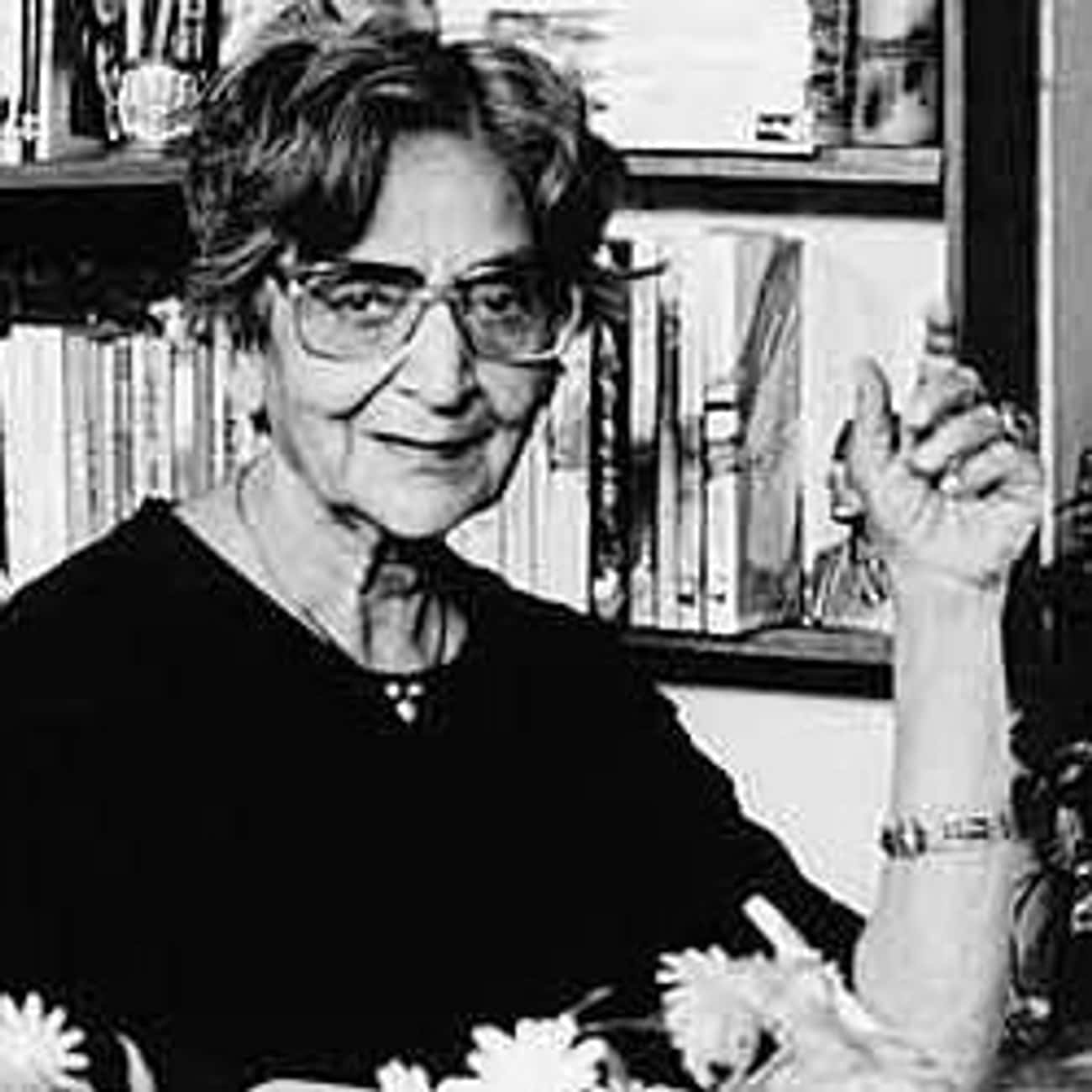
Amrita Pritam
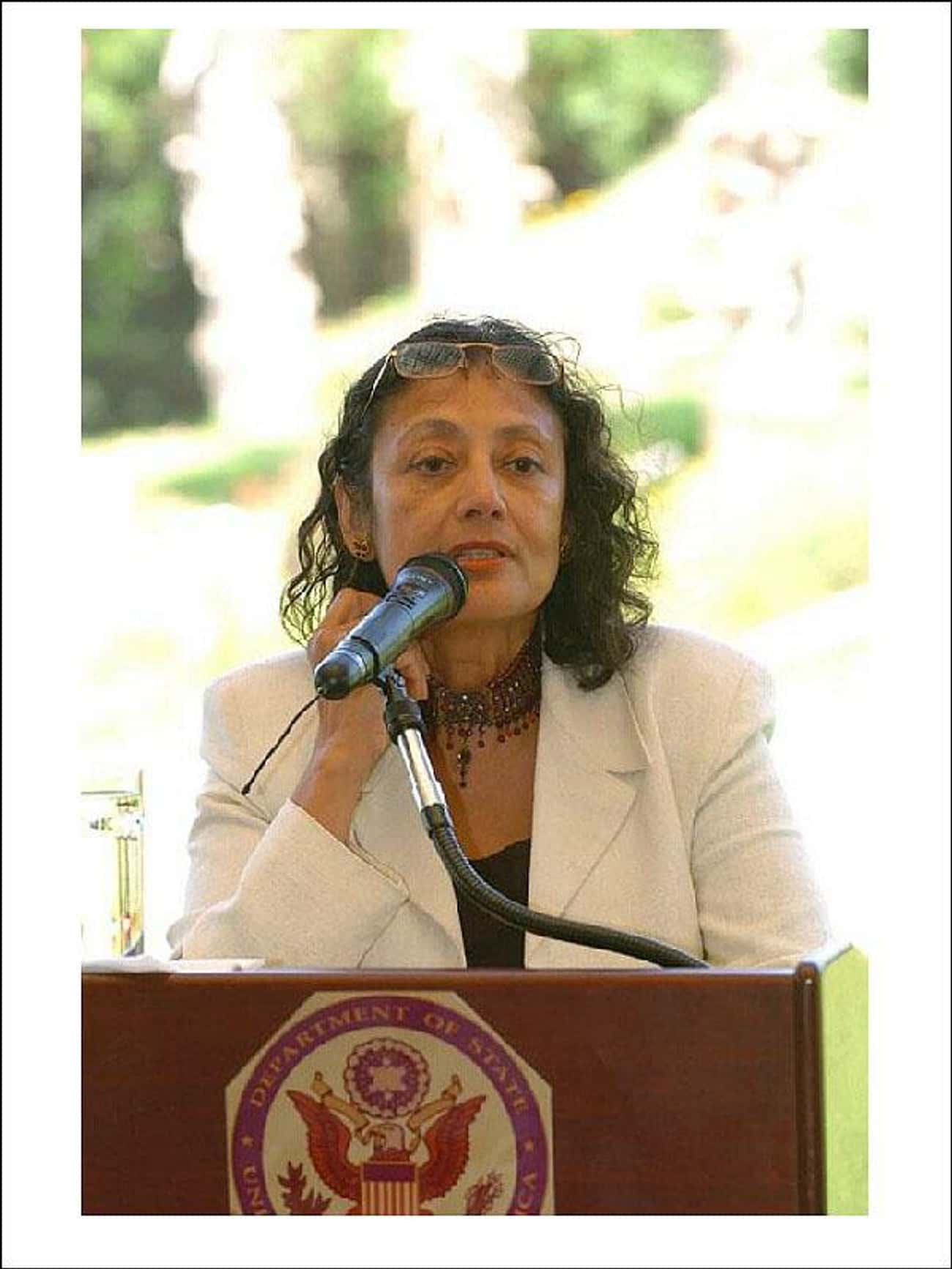
Bharati Mukherjee
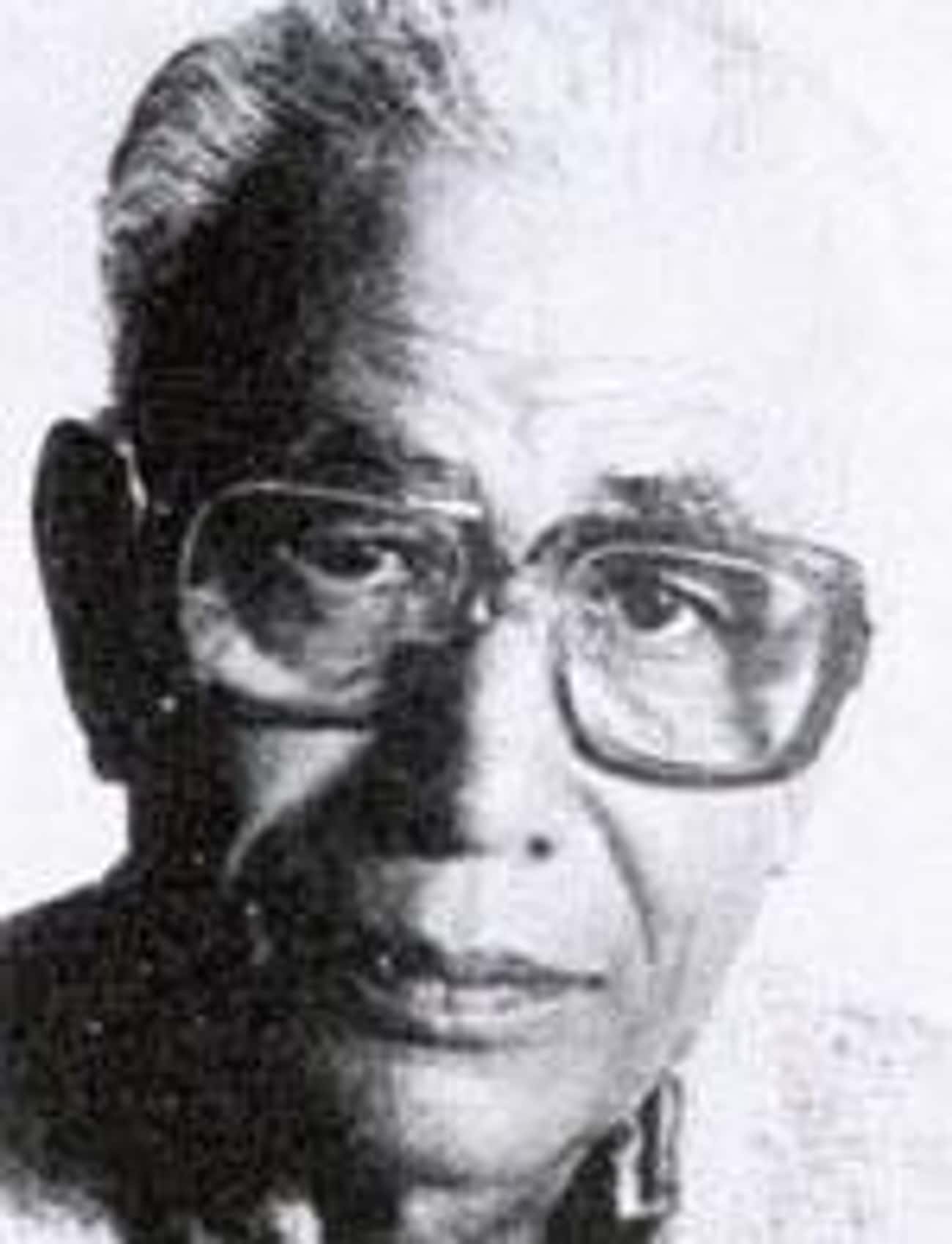
Dharamvir Bharati
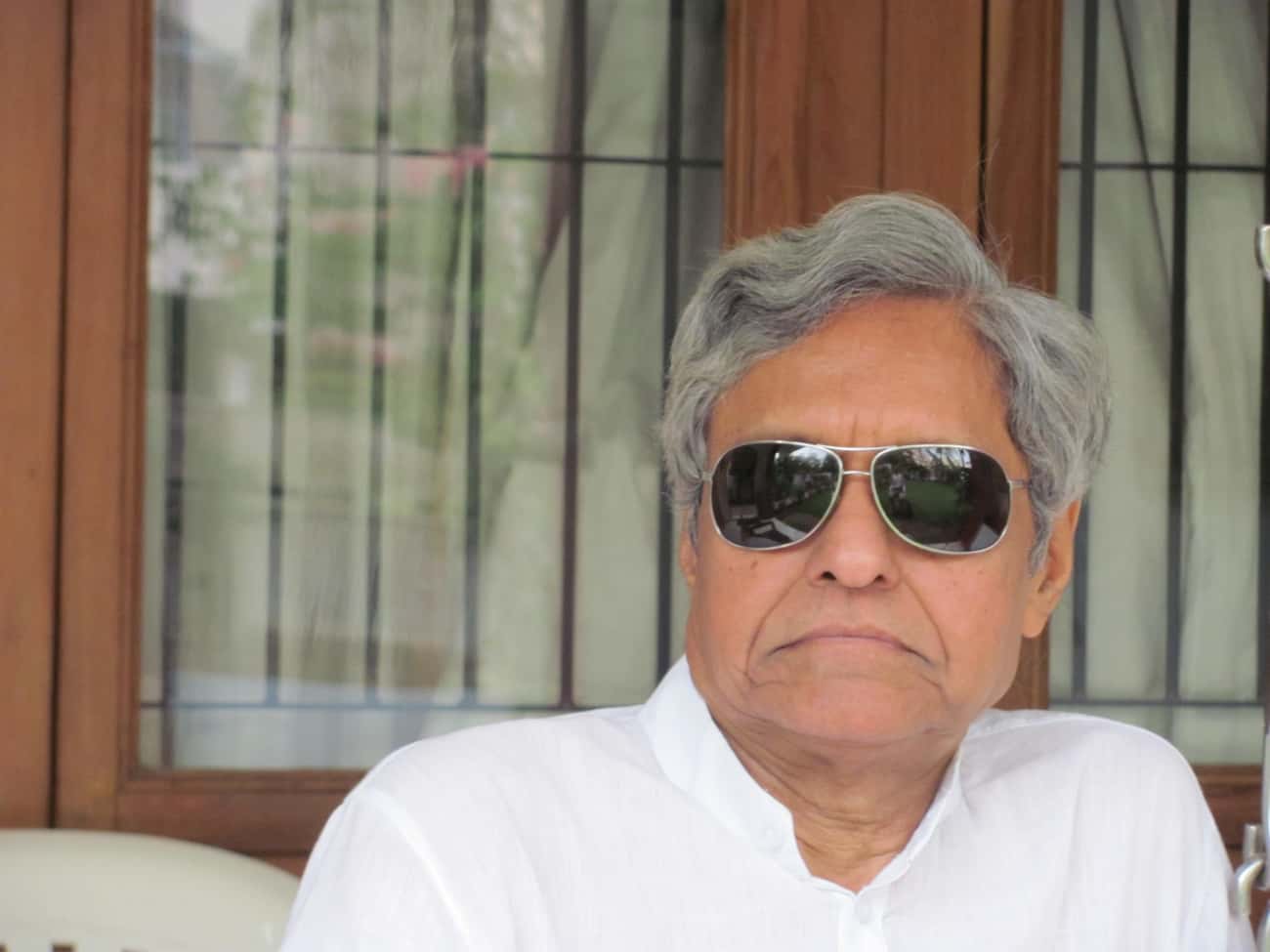
Gunvant Shah
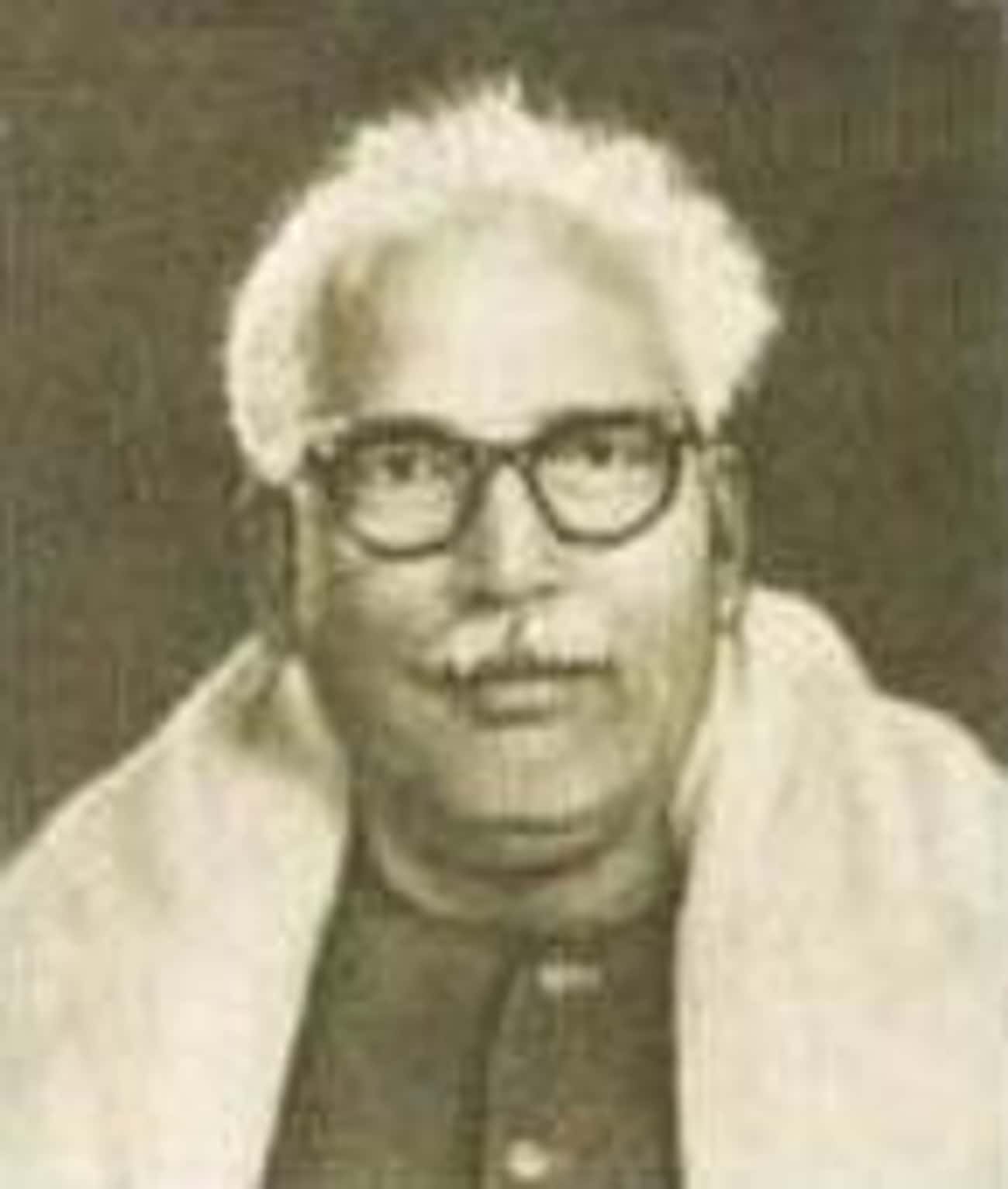
Hazari Prasad Dwivedi
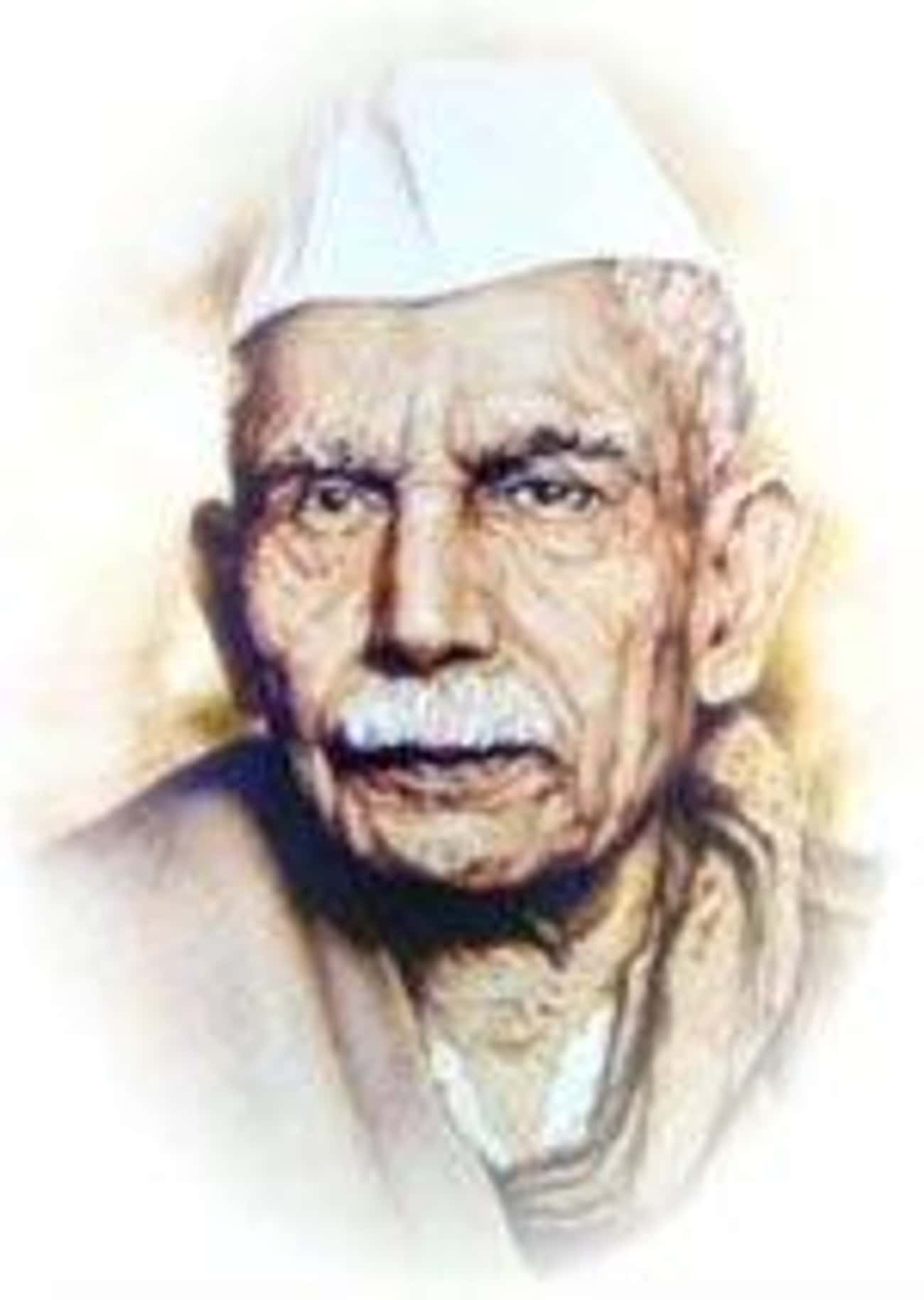
Makhanlal Chaturvedi
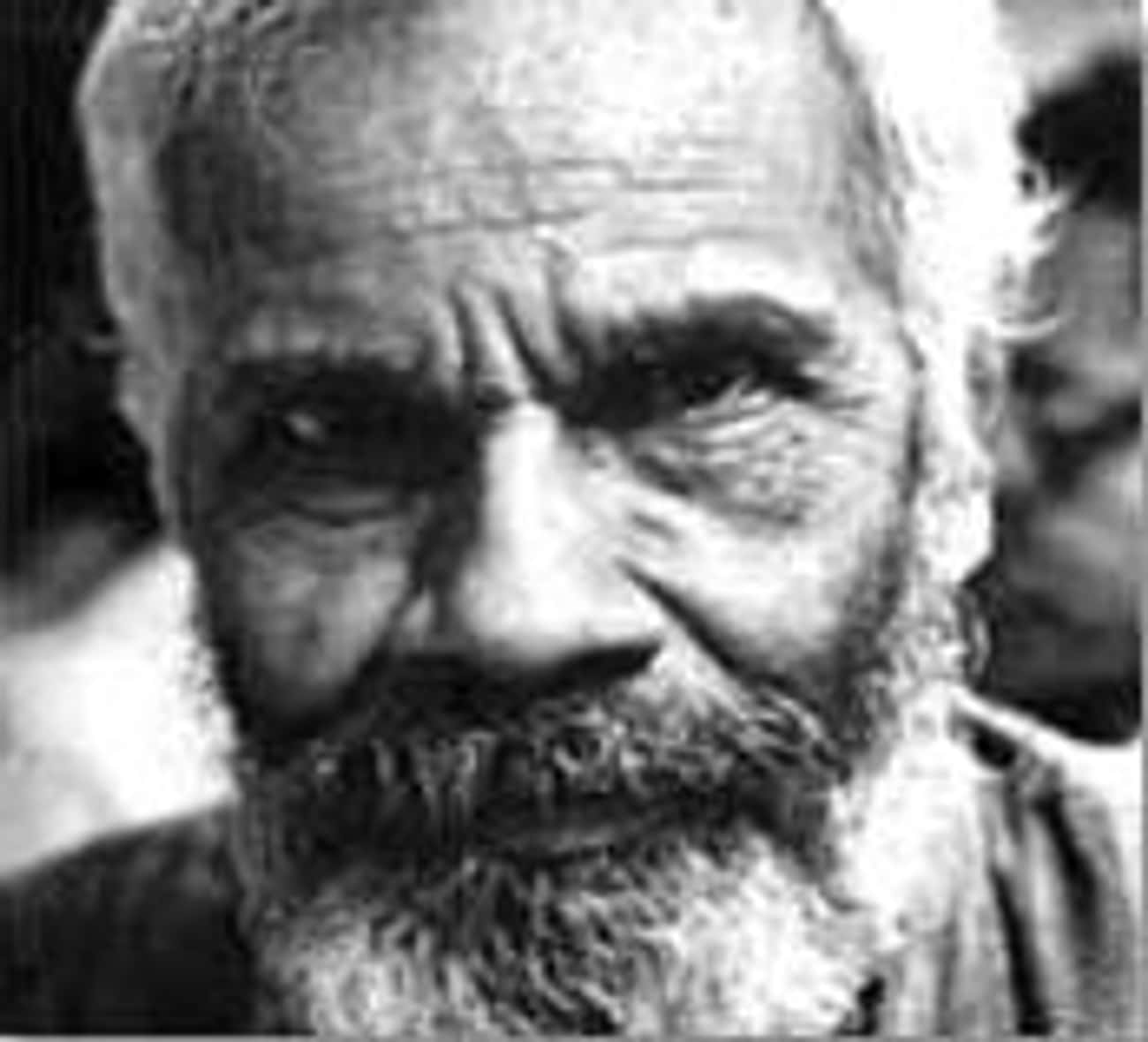
Paul Zacharia
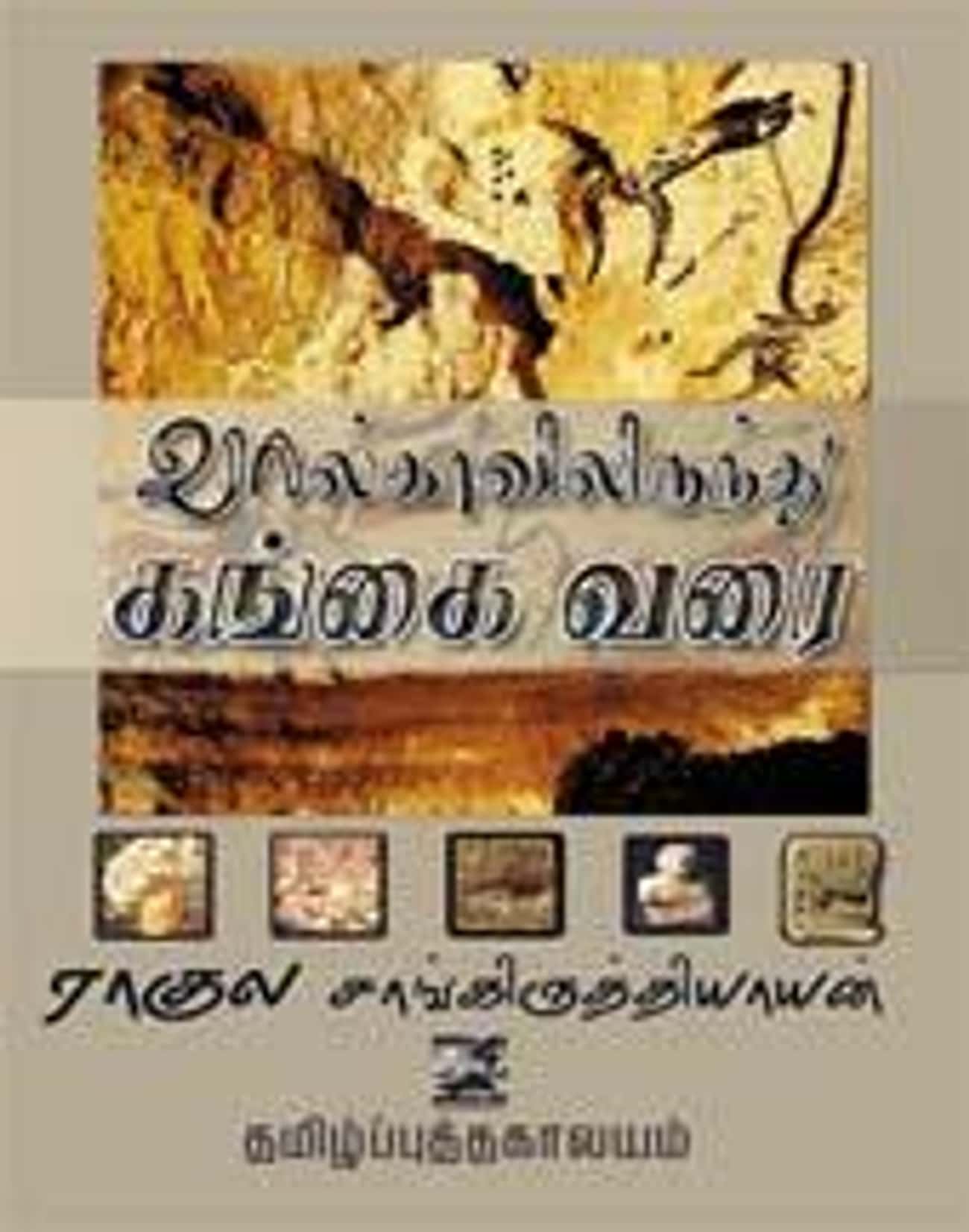
Rahul Sankrityayan
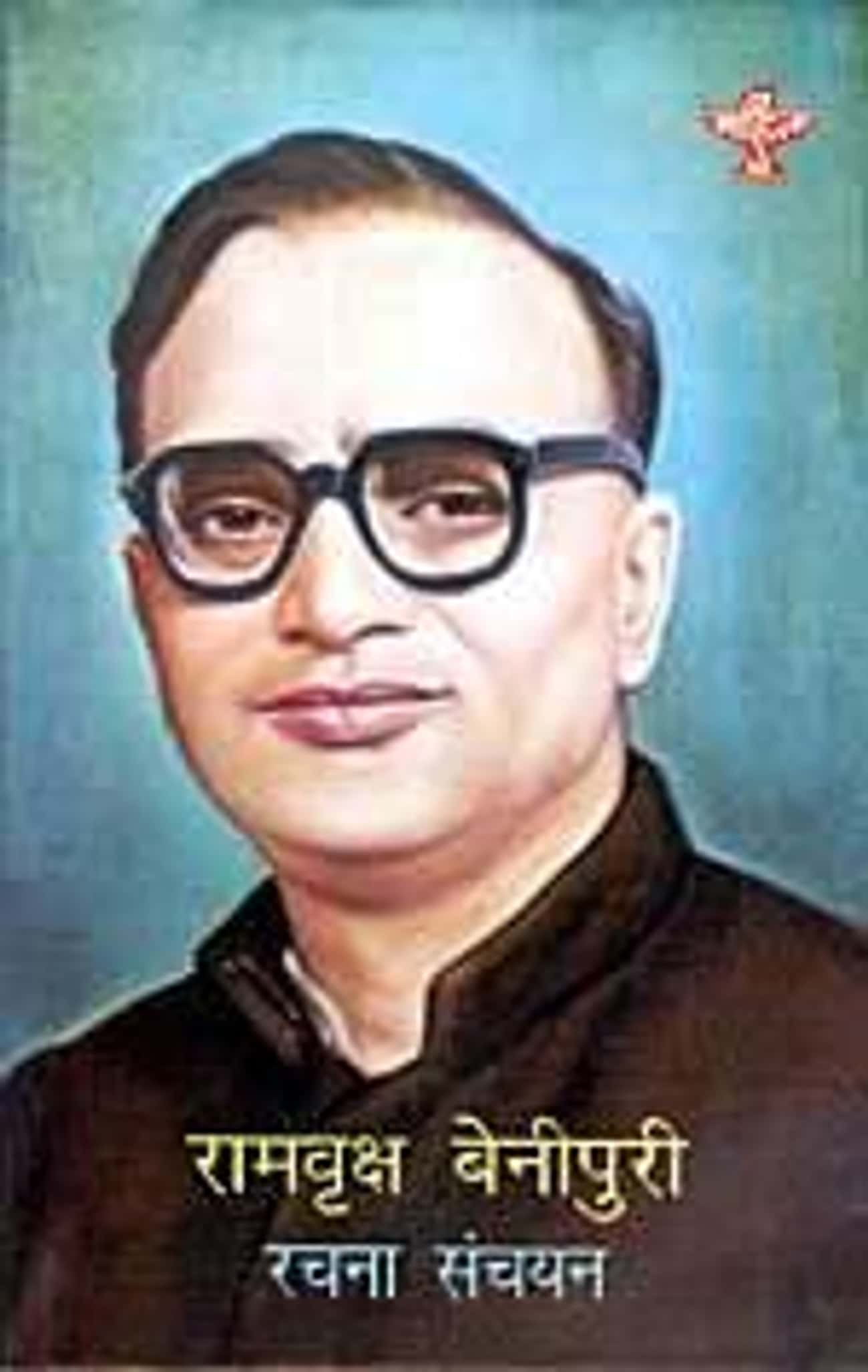
Rambriksh Benipuri
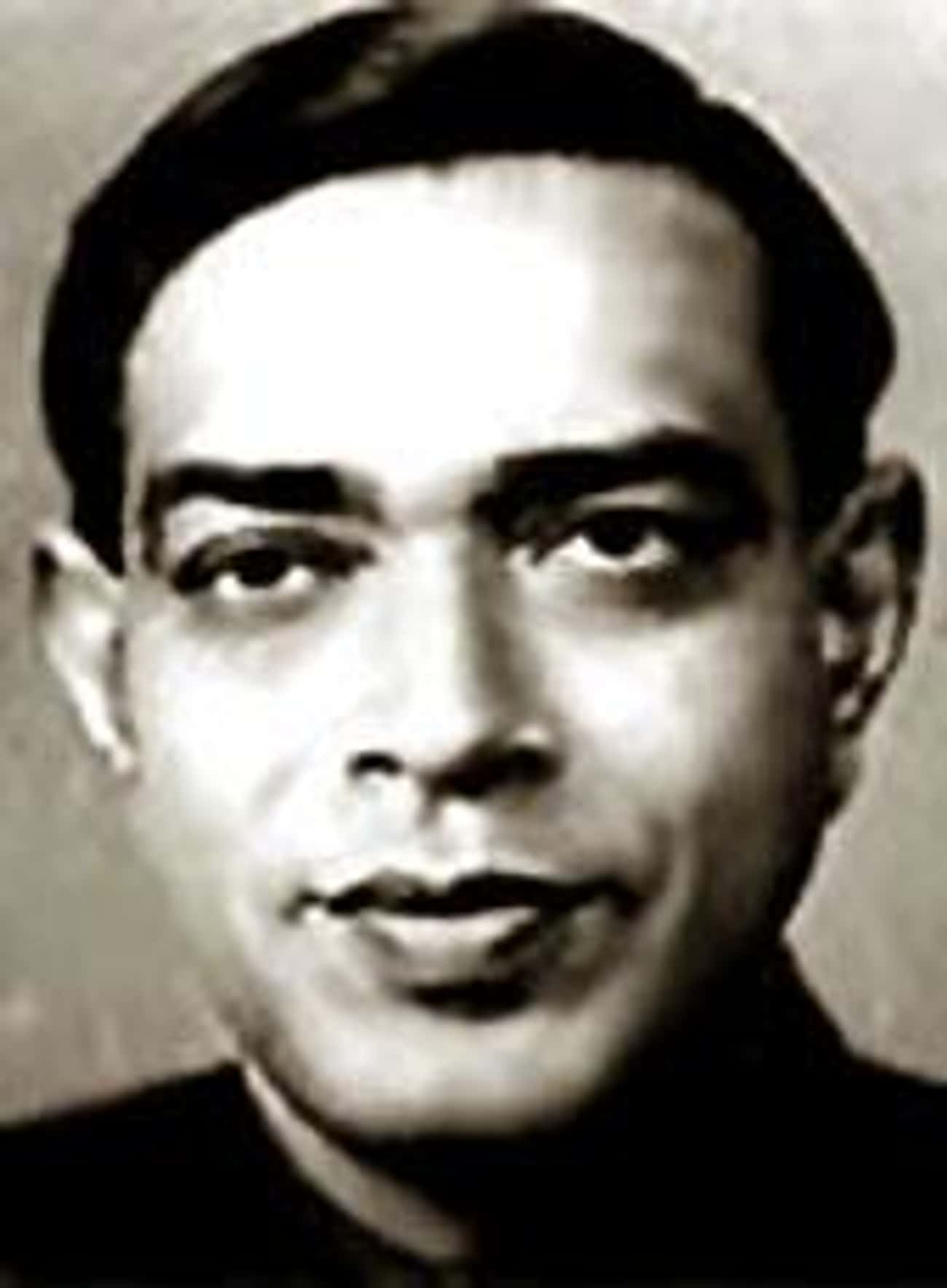
Ramdhari Singh Dinkar
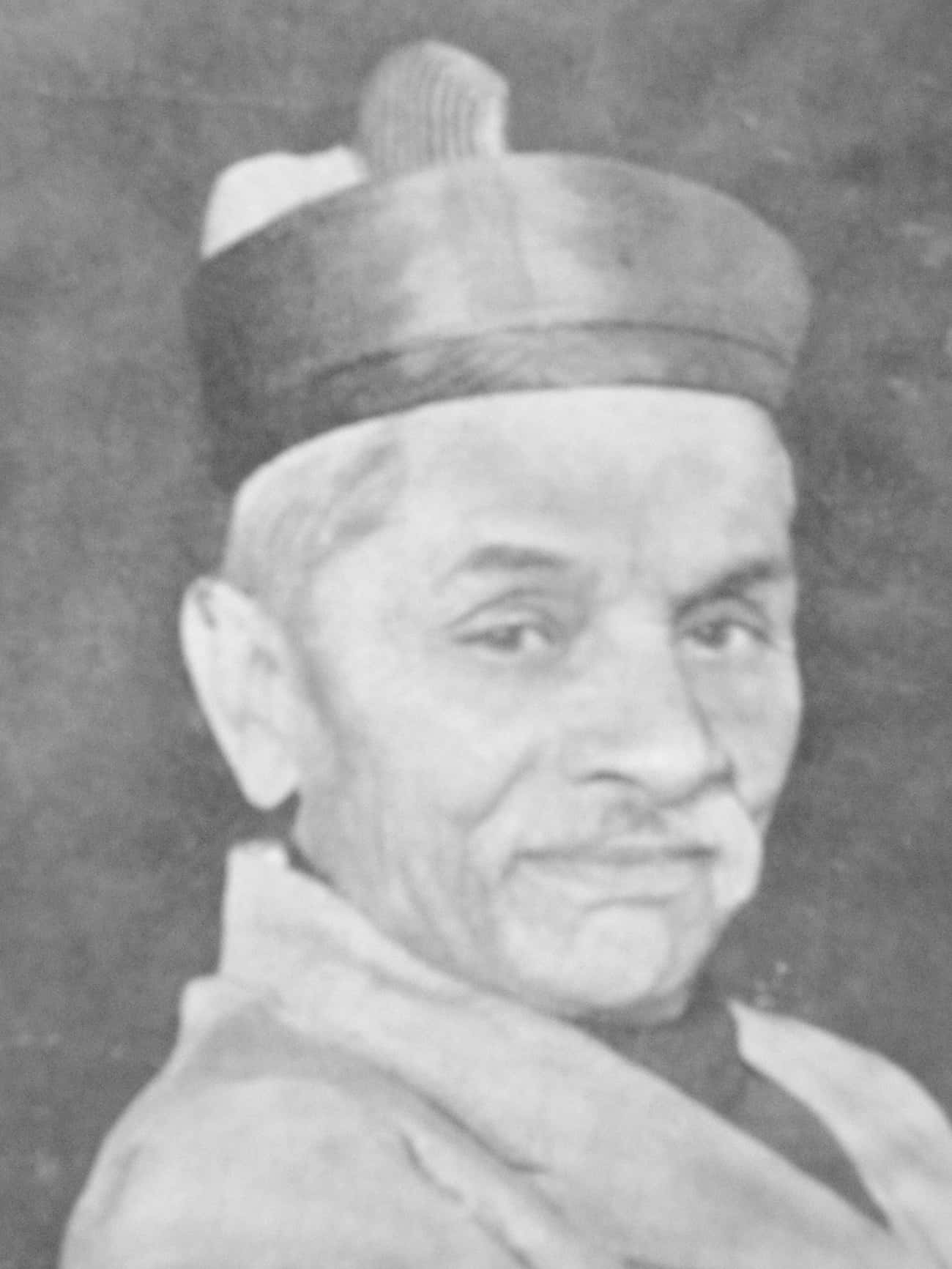
Tryambak Shankar Shejwalkar
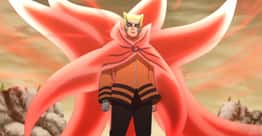

15 Great Leaders of Modern India Who Changed History
- Share On Facebook
- Share On Twitter
- Share On WhatsApp
- shares
India is an extremely diverse country which houses different communities and a rich history, and we have had some incredible leaders who have inspired us through the decades. They all have contributed to the foundation of the nation through their different roles, and continue to be sources of inspiration for many. Here are 15 of the great leaders of India we think you should always remember.
1. Dr B.R. Ambedkar
Bhimrao Ramji Ambedkar was an Indian jurist, economist, social reformer, and political figure who served as the chairman of the committee that drafted the Constitution of India from the discussions in the Constituent Assembly. He also held the position of Law and Justice Minister in Jawaharlal Nehru’s first cabinet and, after renunciating Hinduism, served as an inspiration for the Dalit Buddhist movement. Ambedkar received the Bharat Ratna, the highest civilian honour in India, posthumously in 1990. Followers honour him with the salutation Jai Bhim. Additionally, he goes by the title Babasaheb. He is an unforgettable name when it comes to mentioning the great leaders of India.
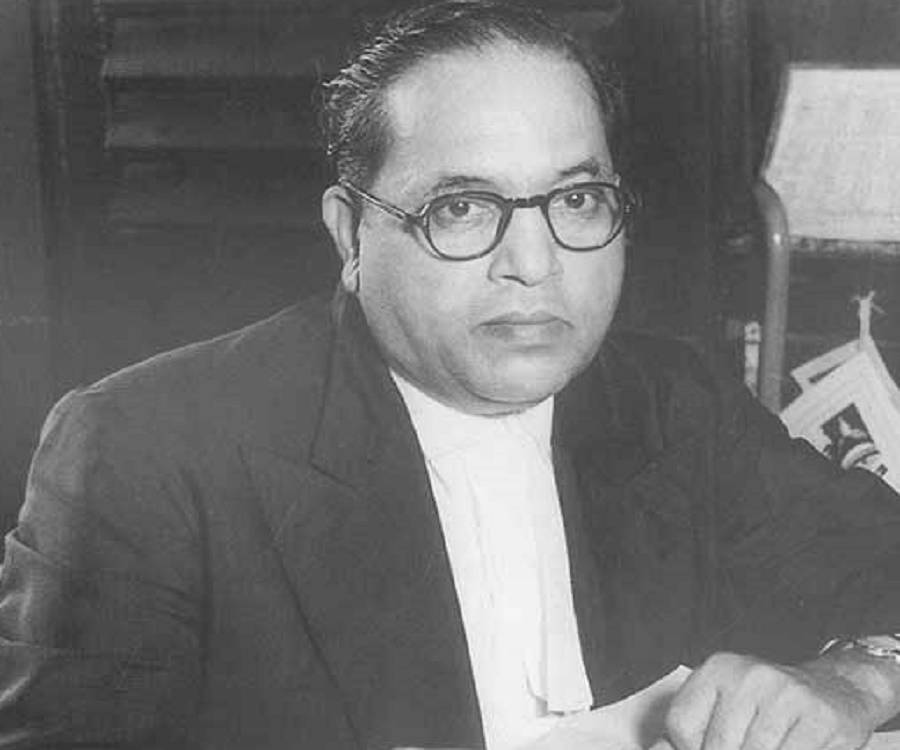
2. APJ Abdul Kalam
Scientist in aerospace and statesman Avul Pakir Jainulabdeen Abdul Kalam led India as its 11th president from 2002 to 2007. He studied physics and aeronautical engineering and was nurtured in Rameswaram, Tamil Nadu. He worked as a scientist and science administrator for the following four decades, primarily at the Indian Space Research Organization (ISRO) and the Defence Research and Development Organization (DRDO). He was heavily involved in both India’s efforts to develop military missiles and its civilian space programme. As a result of his contributions to the advancement of ballistic missile and launch vehicle technology, he earned the moniker “Missile Man of India.” He also had a significant organisational, technical, and political involvement in India’s 1998 Pokhran-II nuclear tests, which were the country’s first since its initial test in 1974.
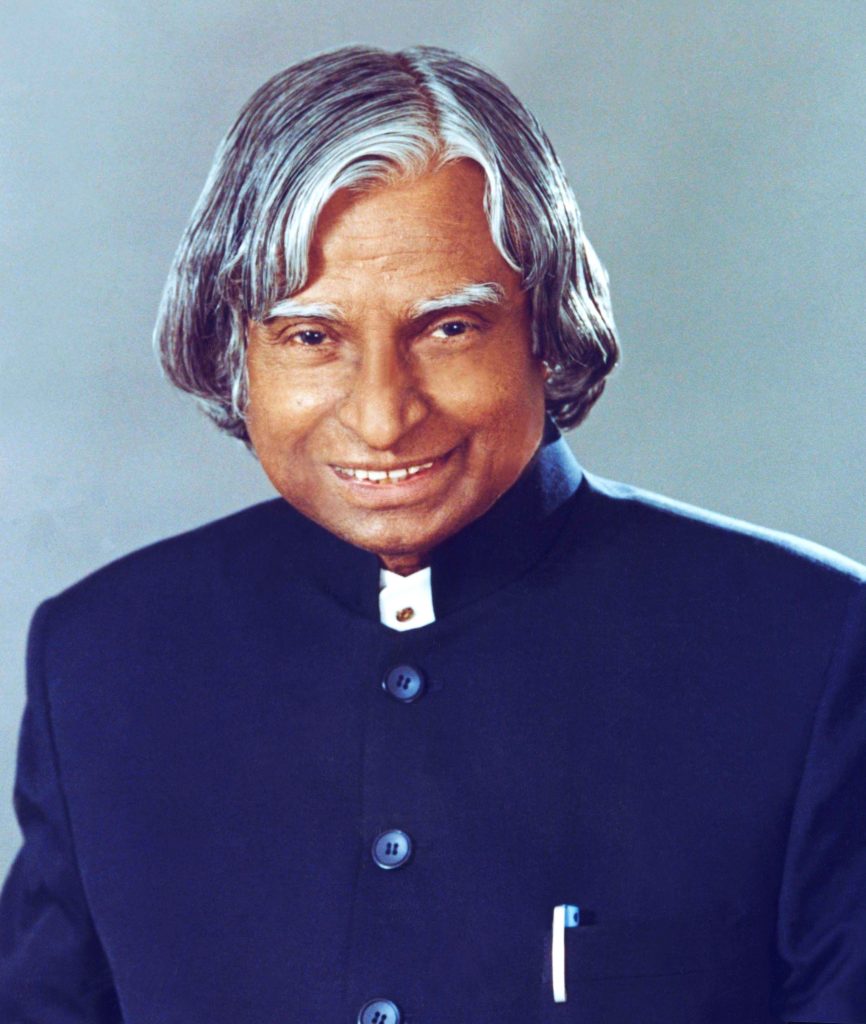
3. Mahatma Gandhi
The victorious struggle for India’s independence from British control was led by Indian lawyer, anti-colonial nationalist, and political ethicist Mohandas Karamchand Gandhi, who later served as an inspiration for movements for civil rights and freedom around the globe. In 1914, in South Africa, the title Mahtm (Sanskrit: “great-souled,” “venerable”) was first used to refer to him. Gandhi’s birthday, 2 October, is observed as an international day of nonviolence and as Gandhi Jayanti, a national holiday in India. Gandhi was known as Bapu and is regarded as the Father of the Nation in India, though not formally. It would be remiss to not mention Gandhi when compiling a list of the great leaders of India.
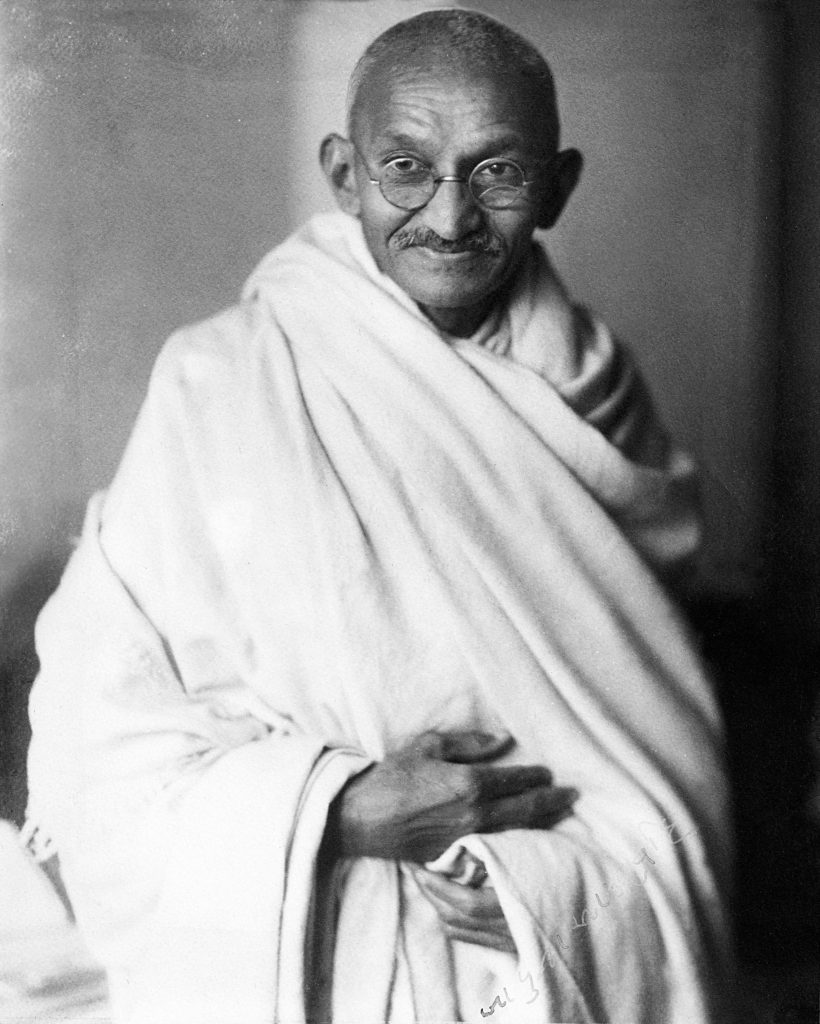
4. C. Rajagopalachari
Chakravarti Rajagopalachari was a statesman, author, lawyer, and champion for Indian independence. Rajagopalachari served as India’s final governor general before it became a republic in 1950. Additionally, he was the first governor-general who was born in India; all previous occupants of the position were British nationals. Aside from leading the Indian National Congress, he also held the positions of premier of the Madras Presidency, governor of West Bengal, minister of home affairs for the Indian Union, and chief minister of the state of Madras. Rajagopalachari was one of the first individuals to receive the Bharat Ratna, India’s highest civilian honour. He also created the Swatantra Party. He was a strong supporter of world peace and disarmament and fiercely opposed the use of nuclear weapons. Throughout his life, he also picked up the moniker “Mango of Salem.”
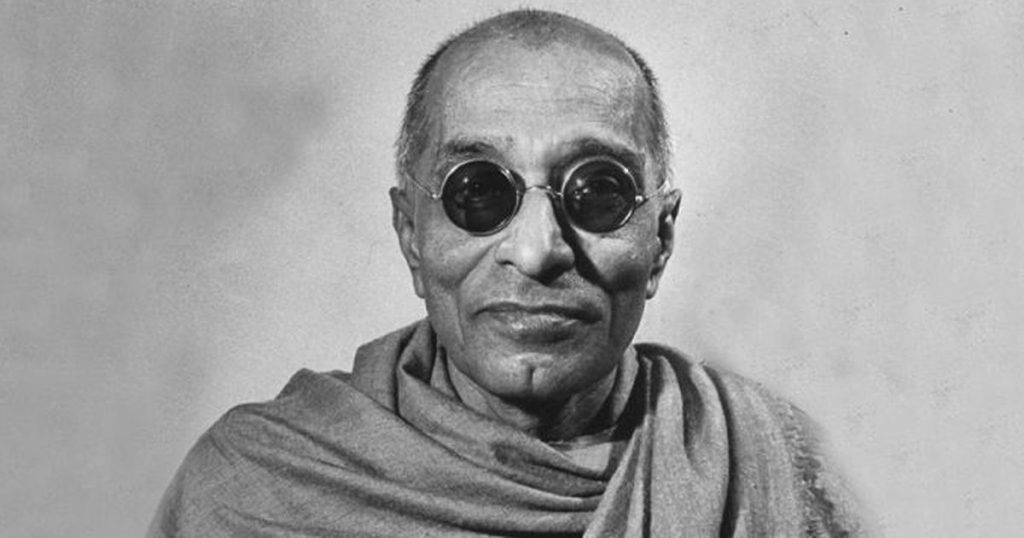
5. Sardar Vallabhai Patel
The first Deputy Prime Minister of India and the country’s first Home Minister, Vallabhbhai Jhaverbhai Patel, also known as Sardar, was an Indian lawyer, prominent political figure, lawyer, and statesman who served from 1947 to 1950. He is sometimes referred to as “Unifying India.” At a cost of USD 420 million, the Indian government built the Statue of Unity, the tallest statue in the world, which was dedicated to him on October 31, 2018. Its height is roughly 182 metres (597 feet). He was a lawyer and a prominent member of the Indian National Congress who led the country’s independence movement and oversaw its fusion into a single, sovereign state.
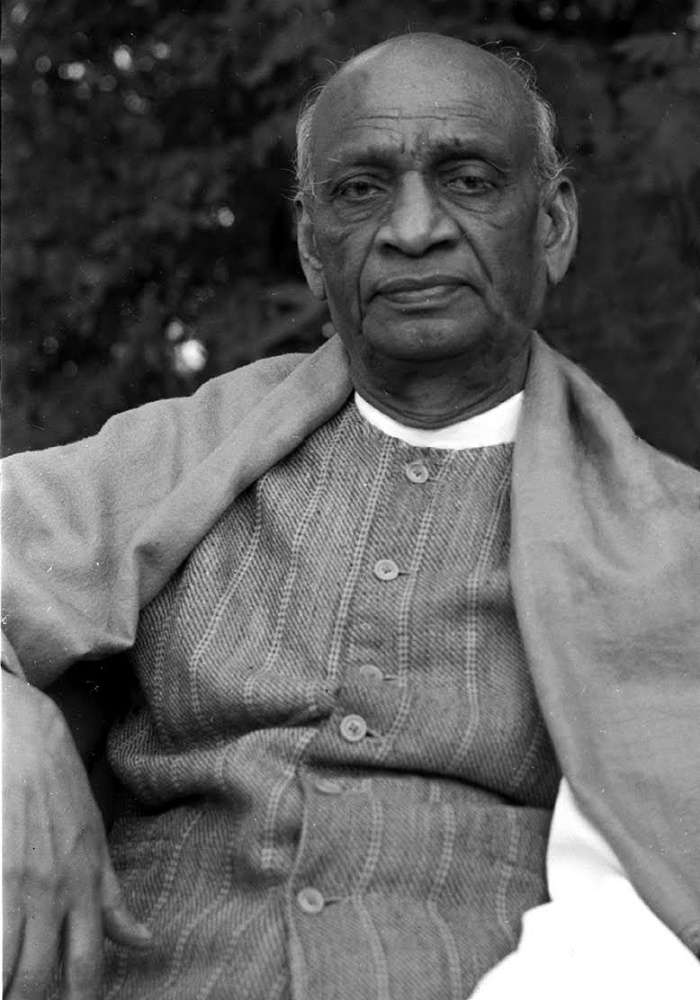
6. Jawaharlal Nehru
A major personality in India throughout the middle of the 20th century, Jawaharlal Nehru was an anti-colonial patriot, secular humanist, social democrat, and author. In the 1930s and 1940s, Nehru was a key figure in the Indian nationalist movement. He presided over India for 16 years after the country gained its independence in 1947. Nehru greatly influenced India’s development into a modern nation in the 1950s by promoting parliamentary democracy, secularism, science, and technology. He kept India out of the Cold War’s two blocs in foreign affairs. He was a respected novelist who wrote several works while incarcerated, including The Discovery of India (1946), An Autobiography, and Letters from a Father to His Daughter (1929).
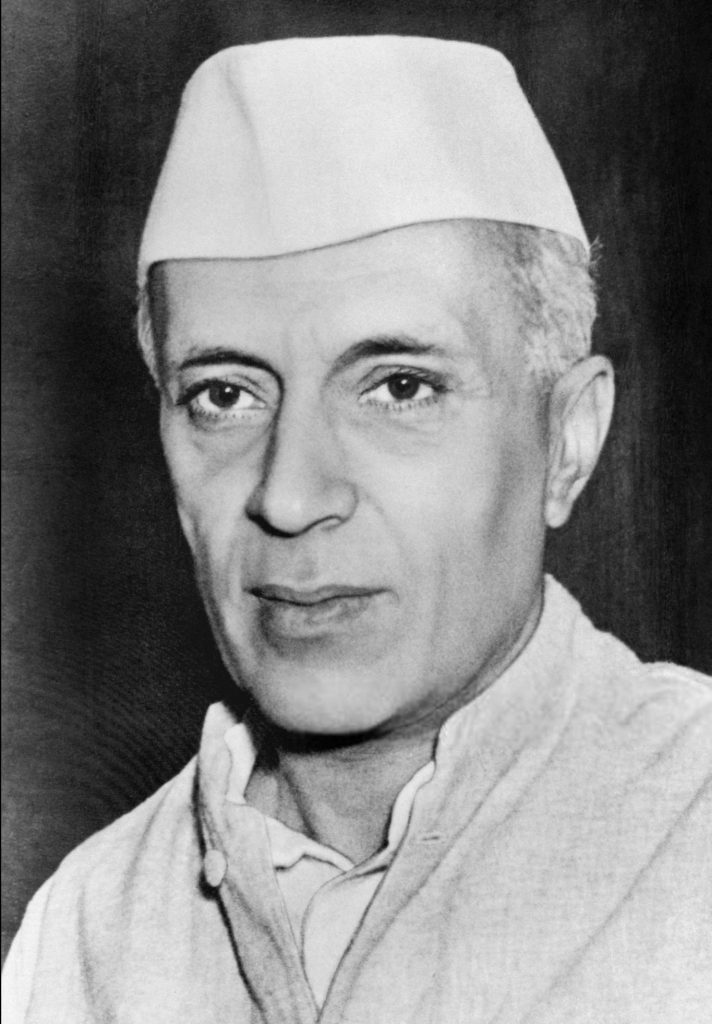
7. Mother Teresa
Mother Teresa, commonly referred to as Saint Teresa of Calcutta, and a foremost name among the great leaders of India, was an Albanian-Indian Roman Catholic nun who founded the Missionaries of Charity in 1950 and was a prominent member of the order. Despite having the name Mary Teresa Bojaxhiu on her passport, she was actually born Anjez Gonxhe Bojaxhiu in the North Macedonian city of Üsküb (now Skopje). She migrated to Ireland and subsequently India after spending eighteen years there in Skopje, where she spent the majority of her life.
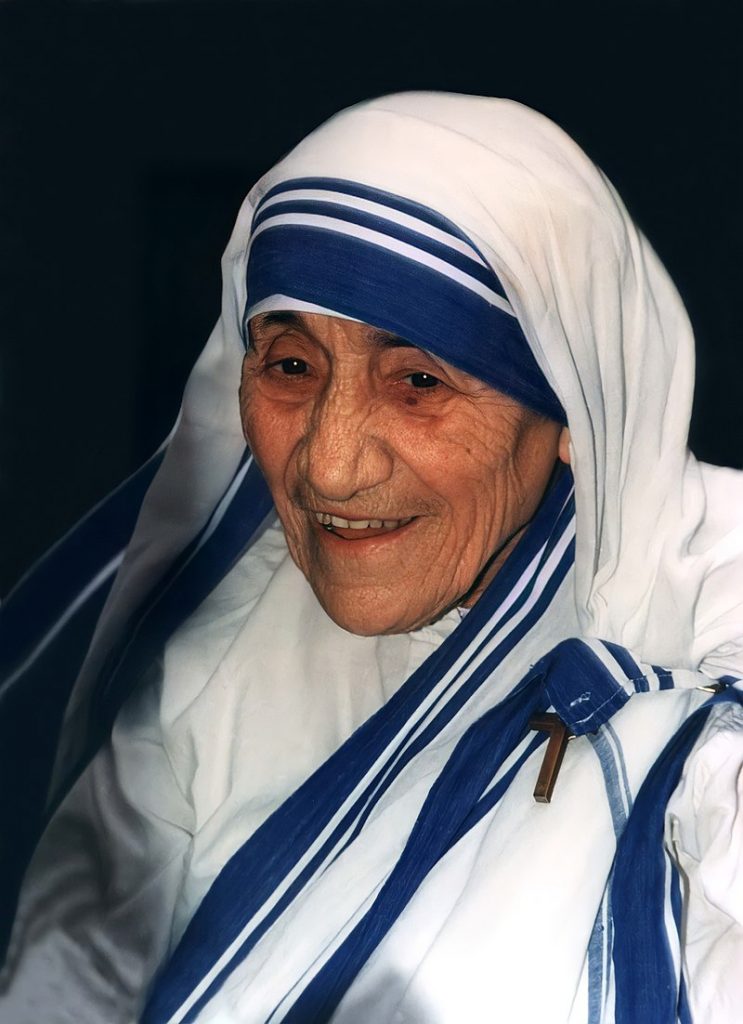
8. Atal Bihari Vajpayee
As India’s 10th prime minister, Atal Bihari Vajpayee was an Indian politician and diplomat who held office for three terms: for 13 days in 1996, for 13 months from 1998 to 1999, and then for a full term from 1999 to 2004. One of the Bharat Janata Party’s co-founders and a prominent figure, Vajpayee (BJP). He belonged to the Rashtriya Swayamsevak Sangh, a group of volunteers with Hindu nationalist views. He was the first Indian prime minister to hold office for the whole duration who was not a member of the Indian National Congress. He was also a well-known writer and poet.
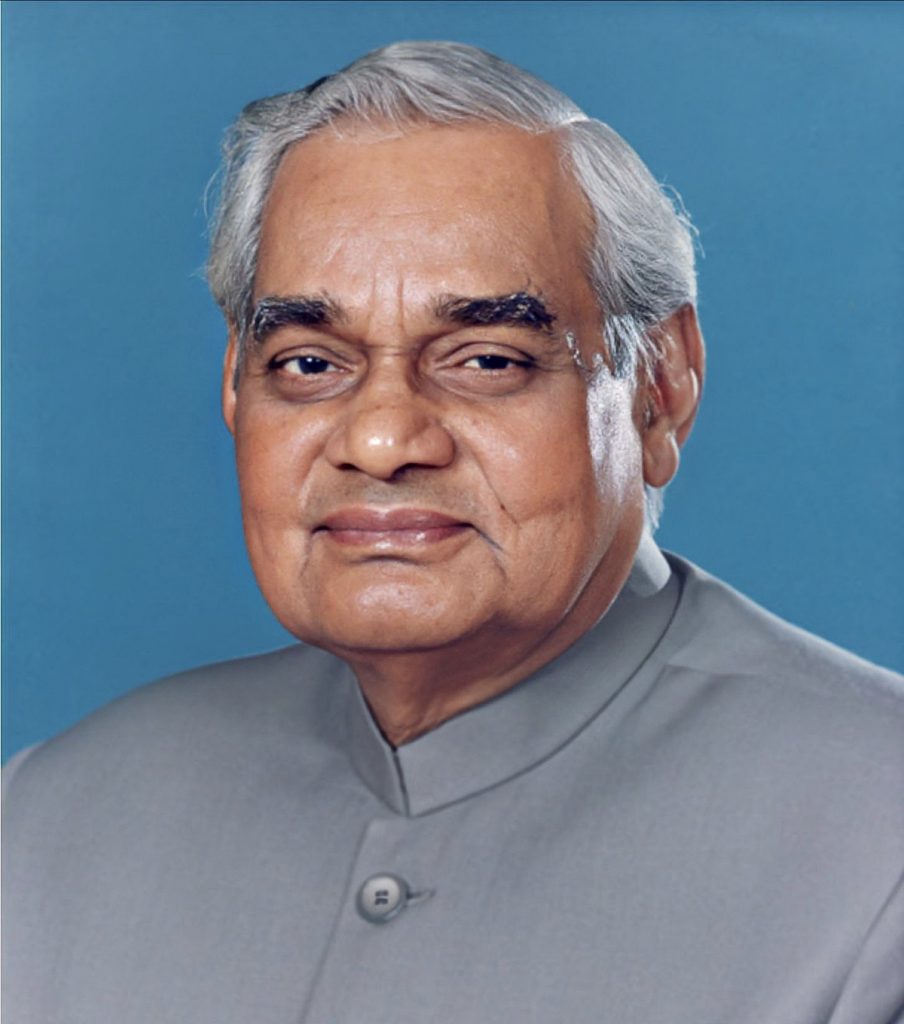
9. R.K. Laxman
Indian cartoonist, artist, and humorist Rasipuram Krishnaswami Laxman created these works. His best-known works are The Common Man, which he created, and You Said It, a daily cartoon that he began publishing in The Times of India in 1951. R. K. Laxman began his career as a part-time cartoonist, primarily for regional publications and newspapers. He drew his older brother R. K. Narayan’s stories for The Hindu while still a college student. Political cartoonist for The Free Press Journal in Mumbai, that was his first full-time position. Later, he joined The Times of India, where he rose to fame as the fictional character known as The Common Man. This proved to be the turning point in Laxman’s life.
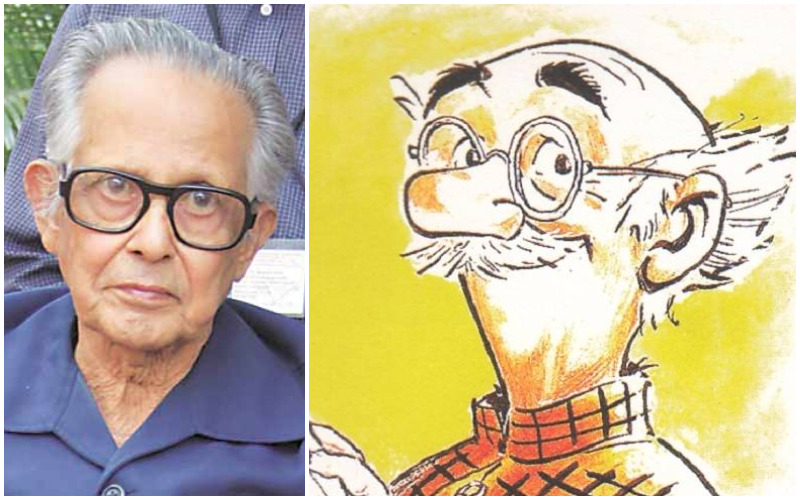
10. Baba Amte
Indian social worker and activist Murlidhar Devidas Amte, better known by his stage name Baba Amte, is well renowned for his work in the rehabilitation and empowerment of leprosy patients. He has won various honours and accolades, including the Padma Vibhushan, the Templeton Prize, the Ramon Magsaysay Award, the Gandhi Peace Prize, the Dr. Ambedkar International Award, and the Jamnalal Bajaj Award. He is frequently referred to be India’s contemporary Gandhi, and an unforgettable mention among the great leaders of India.
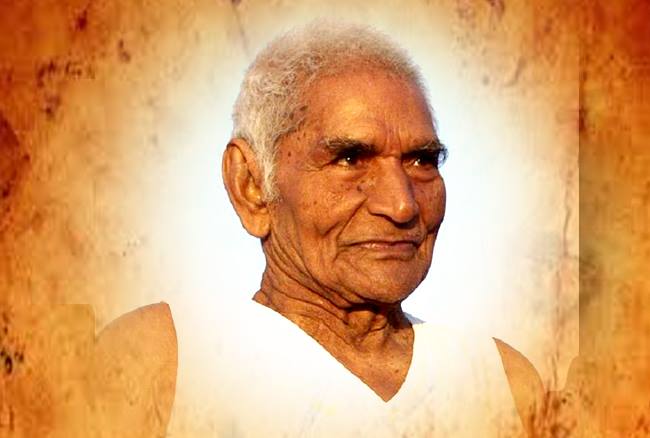
11. Homi J Bhabha
Homi Jehangir Bhabha, FRS, was an Indian nuclear physicist who founded the Tata Institute of Fundamental Research and served as its founding director and professor of physics (TIFR). Bhabha was the founding director of the Atomic Energy Establishment, Trombay (AEET), which is now known as the Bhabha Atomic Research Centre in his honour. He is also known colloquially as the “Father of the Indian Nuclear Program.” The cornerstones of Indian nuclear weapon development, which Bhabha also oversaw as director, were TIFR and AEET. The Adams Prize (1942) and the Padma Bhushan were given to Homi Bhabha (1954). In 1951 and 1953–1956, he was again a candidate for the Nobel Prize in Physics.
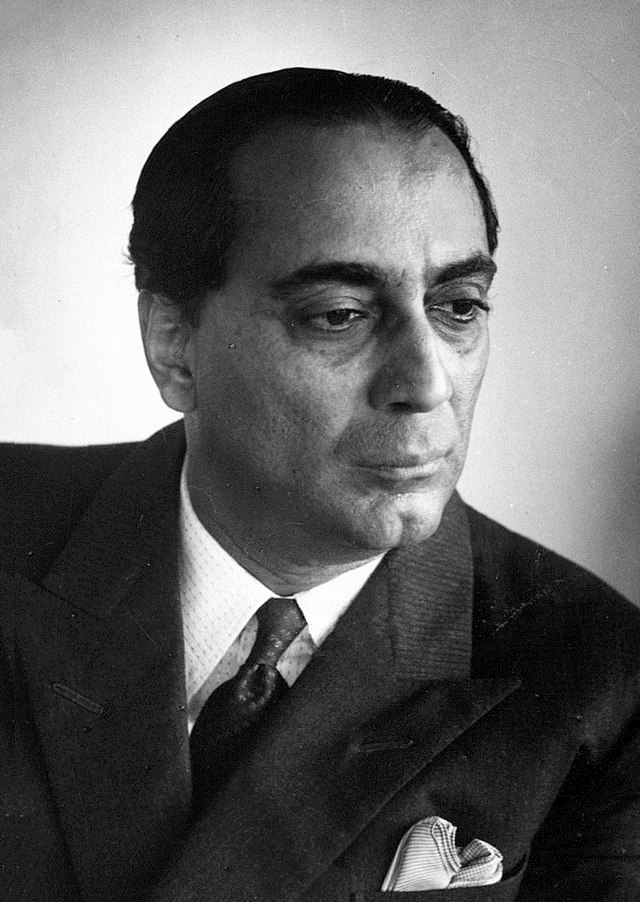
12. Aruna Asaf Ali
Aruna Asaf Ali was a publisher, political activist, and educator from India. She was an ardent member of the fight for Indian independence, and she is well known for raising the Indian National flag at the Gowalia Tank Maidan in Bombay in 1942, during the Quit India Movement. She continued involved in politics after independence and was elected as Delhi’s first Mayor.
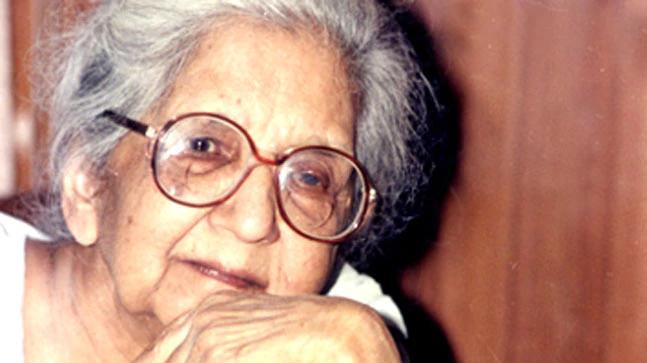
13. Asima Chatterjee
Asima Chatterjee was an Indian organic chemist known for her contributions to phytomedicine and organic chemistry. Her study on vinca alkaloids, invention of anti-epileptic medications, and creation of anti-malarial medications are some of her most well-known accomplishments. She also wrote a sizable amount of material about Indian subcontinental medicinal plants. She was the first female to be awarded a doctorate in science by a university in India.
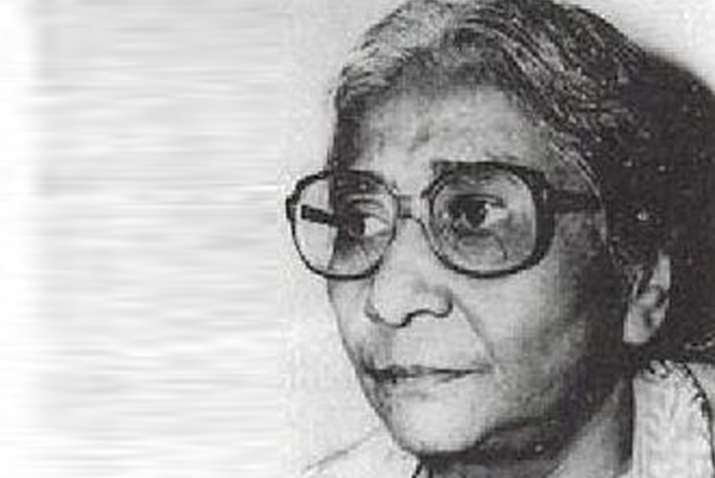
14. Mahashweta Devi
An activist and Bengali writer from India, Mahasweta Devi. Rudali, Aranyer Adhikar, and Hajar Churashir Maa are some of her best-known literary works. She was a socialist who fought for the liberation and empowerment of the Lodha and Shabar tribespeople in the Indian states of West Bengal, Bihar, Madhya Pradesh, and Chhattisgarh. She received numerous literary honours, including the Padma Shri and Padma Vibhushan, India’s civilian honours, the Jnanpith Award, and the Sahitya Akademi Award (in Bengali). She has been hailed among the great leaders of India for decades.
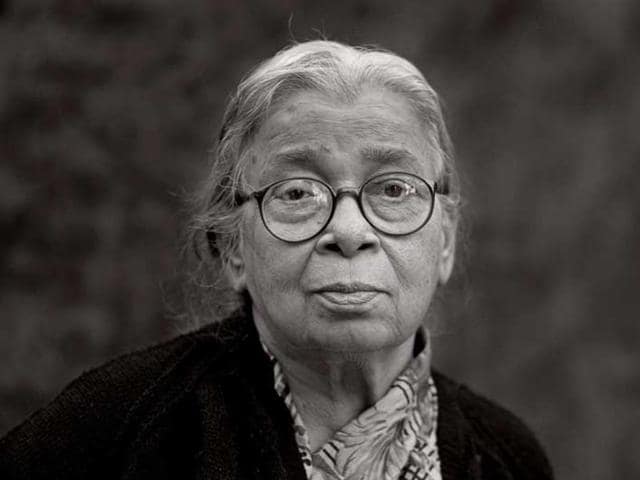
15. Ela Bhatt
Ela Ramesh Bhatt founded the Self-Employed Women’s Association of India (SEWA) in 1972 and held the position of general secretary for the organisation from 1972 until 1996. She is an Indian cooperative organiser, activist, and supporter of Gandhi. She is the Gujarat Vidyapith’s current chancellor. Bhatt, a lawyer by profession, has received numerous national and international honours, including the Padma Bhushan, the Right Livelihood Award, the Ramon Magsaysay Award, and the Right Livelihood Award for “assisting home-based producers to organise for their welfare and self-respect” (1986).
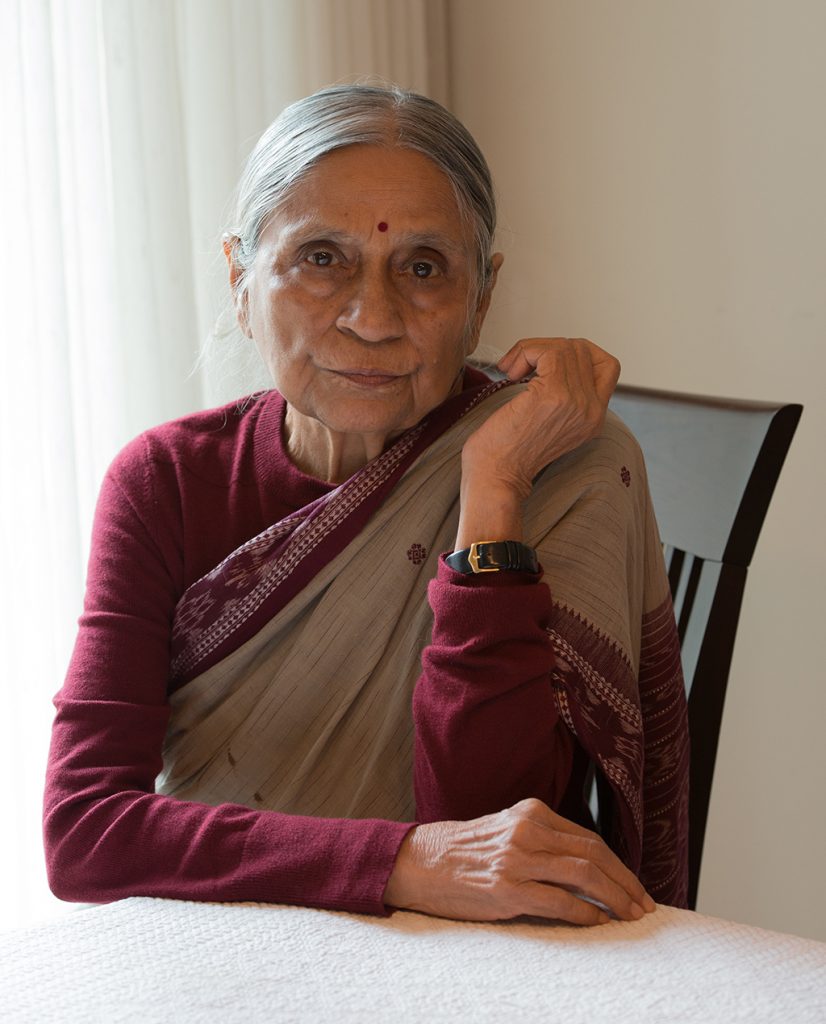
We hope we reminded you of these great names who have led our nation’s progress through their own journeys. They will continue to be extremely inspiring for all of us throughout the decades that have gone by and the decades to come.

Saptaparna likes movies and cats, and is socially awkward. She also likes giving random recommendations to uninterested people.
15 Mesmerizing Krishna Temples In India
All You Need To Know About Aditya L1: India’s First Mission To The Sun
8-year-old Boy From Shivamogga Becomes Inspector For One Day
15 Lesser Known Freedom Fighters Of India Who Died For The Nation
Gauri Sawant- The Transgender Activist on Whom Sushmita Sen’s Latest Web Series…
India Rising: Stories From The Last Month That’ll Inspire You (July 2023)
10 Famous People, Hollywood Stars & Celebs Who Follow Hinduism and Hindu…
India Rising: Stories From The Last Month That’ll Inspire You (June 2023)
14 Kargil War Heroes Whose Stories Will Make Your Heart Swell in Pride!
The 1992 Ajmer Rape Case: The True Story Behind the Movie Ajmer 92

Essay on Famous Person Who Inspires You
Students are often asked to write an essay on Famous Person Who Inspires You in their schools and colleges. And if you’re also looking for the same, we have created 100-word, 250-word, and 500-word essays on the topic.
Let’s take a look…
100 Words Essay on Famous Person Who Inspires You
Introduction.
There are many famous people who inspire me, but the person who stands out is Mahatma Gandhi. He was a great leader from India who fought for freedom without violence.
His Beliefs
Gandhi believed in truth and non-violence. He said that these are the greatest forces in the world. He proved this by leading India to freedom without fighting.
His Actions
Gandhi led many peaceful protests. He inspired millions to fight for their rights without hurting anyone. His actions showed that peaceful means can bring about big changes.
Gandhi’s teachings are still relevant today. They inspire me to be a better person and to stand up for what is right. His life shows that one person can make a big difference.
In conclusion, Mahatma Gandhi inspires me because of his beliefs, actions, and impact. He showed that peaceful means can bring about big changes. His life teaches us to be brave and to stand up for what is right.
250 Words Essay on Famous Person Who Inspires You
The person who inspires me the most is Mahatma Gandhi, a great leader from India. He fought for freedom and justice in his country. His life is a great example of how one can bring change in the world through peace and love.
Gandhi was born in India in 1869. He was a good student and later went to England to study law. He became a lawyer but he was not happy. He wanted to do something for his people and his country.
Fighting for Rights
Gandhi moved to South Africa for work. There, he saw how people were treated badly because of their skin color. This made him very sad. He decided to fight against this injustice. He started a movement called Satyagraha. It means ‘holding onto truth’. He believed in non-violence and asked people to fight for their rights peacefully.
Freedom Struggle
Gandhi returned to India and became a leader in the fight for freedom from British rule. He led many peaceful protests and marches. One famous march is the ‘Salt March’. He walked 240 miles to make salt from sea water. This was against the British law. It was a peaceful way to say ‘no’ to unfair laws.
Gandhi’s life teaches us that we should always stand up for what is right, even if it is hard. He showed us that love and peace are stronger than hate and violence. He inspires me to be a better person and to make a difference in the world.
500 Words Essay on Famous Person Who Inspires You
The person who inspires me most is a famous scientist named Albert Einstein. He is known around the world for his amazing brain and his big ideas. He was born in Germany in 1879 and died in 1955. Even though he is no longer alive, his words and ideas still inspire many people, including me.
Albert Einstein’s Early Life
Einstein was born into a Jewish family. His parents were not rich, but they loved learning. Einstein was a curious child. He often asked questions about how things worked. This curiosity led him to become one of the greatest scientists in history. He did not do well in school, but he never gave up. He followed his passion for learning and understanding the world around him.
Einstein’s Achievements
Einstein is most famous for his theory of relativity. This is a big idea about how space and time work together. It was a new and different way to think about the world. This theory changed how scientists understand the universe. Einstein also won the Nobel Prize for Physics in 1921. This is one of the highest awards a scientist can receive.
Why Einstein Inspires Me
There are many reasons why Einstein inspires me. First, he was always curious. He never stopped asking questions. This shows me that it’s good to be curious and to keep learning. Second, even though he faced many challenges, he never gave up. This teaches me to be strong and to keep trying, no matter how hard things get. Third, Einstein used his knowledge to help others. He believed that science should be used for the good of all people. This inspires me to use what I learn to help others.
Albert Einstein was a great man who changed the world with his ideas. He was not afraid to ask big questions and to think in new ways. He faced many challenges, but he never gave up. He used his knowledge to help others. His life shows us that it’s good to be curious, to never give up, and to use what we learn to help others. These are the reasons why Albert Einstein inspires me. I hope that his story can inspire other students too.
That’s it! I hope the essay helped you.
If you’re looking for more, here are essays on other interesting topics:
- Essay on Philippine Culture
- Essay on Federalism
- Essay on Fear Of Darkness
Apart from these, you can look at all the essays by clicking here .
Happy studying!
Leave a Reply Cancel reply
Your email address will not be published. Required fields are marked *
Save my name, email, and website in this browser for the next time I comment.
India’s Most Admired and Most Feared Politician: Narendra Modi
Subscribe to governance weekly, william j. antholis william j. antholis nonresident senior fellow - governance studies @wjantholis.
March 16, 2012
- 10 min read
Meet India’s most admired and most feared politician: Narendra Modi. The world’s largest democracy, India, could elect him Prime Minister. And the world’s leading democracy, the United States, currently does not issue him a visa.
I spent ninety minutes with Mr. Modi earlier this month at his Chief Minister’s residence in Gujarat – a state of 60 million people, about the same size as France, Britain, or Italy, and practically twice as big as California.
More than any other state leader in India, Modi is shaking up national politics. In a January survey by India Today, he again ranked as India’s top performing Chief Minister. For the first time, he also was the top pick for national Prime Minister. The percentage who favored him had doubled over last year, vaulting him past Rahul Gandhi. [1]
I had heard about Modi — from all sides—all across India. “India’s most effective public official.” “If given five years, he would transform India’s economy.” “He cannot be forgiven for the riots.” “Gujarat borders on a cult of personality.”
In person, Modi comes across as an effective administrator, a proud Indian nationalist, and a committed if not zealous Hindu. He also is a policy maven—introverted, precise, and even passionate about the most technical of subjects. On almost all of these issues, his Gujarat is pushing, not following, New Delhi and India.
Modi welcomed me, and handed me eight pages of single-spaced answers to questions that I had submitted in advance. “This way we can just have a conversation.”
With no prompting, Modi raised Gujarat’s 2002 riots, which are his “brand” in India— the single event for which he is known by nearly all Indians.
“I had never run anything before, and I had never run for elected office” he said. “And then the Godhra train incident happened.”
On February 27, 2002, fifty-eight Hindus were killed on a train in the Gujarat town of Godhra, returning from a pilgrimage. The next day, Modi called for a day of mourning— which some mourners took as an invitation to riot. Gujarat exploded, with the death-toll reaching a thousand people, mostly Muslims. India has known murderous riots, but had never before seen them live on cable TV in horrific, unspeakable detail.
Many Indians saw Modi either as complicit, or at least indifferent to Muslim suffering. Accusations persist that he directed the police to allow attacks on Muslims; that he sought to cover up the worst of the crimes; or that he failed to prosecute Hindu nationalists.
No formal charges have been made against Modi, though a special investigation has produced a lengthy confidential report. India’s Supreme Court recently turned the whole matter back to local courts of Gujarat. It is for this reason that despite his popularity, many observers doubt that his BJP party will put him forward as their Prime Minister candidate.
The U.S. government has found enough reason for concern that in 2005, the State Department revoked Mr. Modi’s visa. They cited a provision that bars any government official who “directly carried out, at any time, particularly severe violations of religious freedom.”
Modi has never apologized. “I was just installed in my position the day before.” He had been formally elected and sworn in on February 26 th , having been acting Chief Minister for six months, mostly overseeing response to Gujarat’s 2001 earthquake.
Later he told me in general terms about his years in office, “I have made mistakes, and my government has made mistakes. What is important is that we recognize them, evaluate what we have done, and then fix them.” Last September, he led a state-wide fast for “peace, unity, and harmony.” He has started to reach out to the Muslim community, expressing “pain … for the families who had suffered.” Opponents fear a slick charm offensive, making him a more presentable candidate to someday become Prime Minister. Many think Modi must show greater contrition and give explicit acknowledgement of his failings.
Modi may be branded by the riots, but what he really wanted to talk about was Gujarat’s economic miracle. Gujarat’s economic performance is without peer in India, growing an average 10% each year for a decade. That is faster growth than almost any place on earth, including most of China. Some argue that this might have happened regardless of Modi, but what is clear is that on most key policy matters, he has defied the logic and design of Delhi policy-making. “I want to develop Gujarat to develop India.”
After the earthquake and the riots, Modi launched a “Vibrant Gujarat” conference in 2003 to market the state to Indian and foreign investors. He established simple rules: “We will not pay any incentives and will not accept any bribes. But I will provide single window facilitation, quality power and water, and will honor my commitments.” One Gujarati businessman told me that he had been suspicious back then, and had doubted that any company would ever actually invest. But they did. According to state published reports, pledged investments have grown from 76 MOUs amounting to $14 billion in 2003, to nearly 8,000 MOUs signed in 2011 for $450 billion.
Unlike Chinese-style urban manufacturing that draws workers from the country-side, Modi also targeted rural development. “If it does not work in the villages, it will not work in the city.” His eyes light up when discussing infrastructure, agricultural colleges, solar energy, and climate change. “I prioritized four things,” he said, holding up his four fingers, and then pulling each one down in turn: “Water, electric power, connectivity, and distance education.”
Against considerable protest by environmentalists— both in Gujarat and in New Delhi – Modi expanded a dam in Gujarat’s north. The arid state’s fields are now irrigated. In three years, he also did what no other state has done: provide reliable electric power. “We now have high quality power all day, every day, in every village.” Modi simply started charging people for electricity’s true costs. They were willing to pay, once they realized that it would be more reliable. “Once farmers had power, they wanted to buy electric appliances.”
He also made sure all villages were equipped with roads and high-speed phone connectivity. He has placed special emphasis on rural schools, especially on “educating the girl child” to wipe out female illiteracy.
He practices what he preaches. Each spring, in the hottest month of the year, he demands that all his officials join him to work in the fields, helping farmers plant their crops. “The week is a travelling open university… From Lab to Land.” Before Modi, Gujarat already was known around the world for its “white revolution” in expanding milk production. Modi discussed at length his further efforts on behalf of cattle health— a religiously loaded theme among practicing Hindus.
Modi also has led the way in India in discussing climate change and renewable energy. After asking for a two-day tutorial from Rajendra Pachauri, the award winning head of the UN’s Intergovernmental Panel on Climate Change, Modi came up with a comprehensive plan to cut fossil fuel use in Gujarat— including India’s first state-level ministry for climate change.
Working with the Clinton Climate Initiative, he is betting on renewable energy— hydro, wind, biodiesel, and especially solar energy. Again, he is pushing New Delhi. The Central government, for instance, demands that any solar panels it purchases be primarily manufactured in India. Modi’s Gujarat buys them wherever he can at the cheapest cost. Before a recent G-20 summit, Modi told me, “I suggested to the Prime Minister that we create a global alliance of solar abundant countries.”
He summed up all of this work in a glossy book called Convenient Action: Gujarat’s Response to Climate Change . Sound familiar? It is directly modeled on Al Gore’s Inconvenient Truth , though it emphasizes what Gujarat has done, as opposed to what Gore hopes America might someday do. Critics respond that many of the actions listed in the book were not intended to address climate, and have raised their own questions about Modi’s environmental record. [2]
When he handed me a copy, he included with it Mahatma Gandhi’s Autobiography . “For me, this is a moral issue. You don’t have a right to exploit what belongs to future generations. We are only allowed to milk the earth, not to kill it.” For Modi-as-environmentalist, it seems, all the world is a holy cow.
I asked Modi about the growing involvement— and even coordination —of the states’ Chief Ministers on issues of foreign policy. He grew cautious. “I want to develop my state to help develop the country,” he said. “Foreign policy belongs to the Center.” He was careful when discussing recent disputes over a National Counter Terrorism Center, which has been opposed by several Chief Ministers. “The Center and States both have equities. The Center simply needs to do a better job of consulting. An accommodation will be found.”
He declined to discuss the particulars of Iran’s nuclear policy or its oil trade with India, saying that was also the responsibility of the Center (though much of the oil is processed in Gujarat). But he did say that one should not be selective about state sponsors of terror. “One policy should fit all.”
I took this to mean that if India believes Iran is supporting terror, then it should deal with the consequences – which would be a breach with current policy. But just as easily, he could have been sending a message that America’s own support of Pakistan while opposing Iran is also a double standard.
He made clear that he considers Pakistan (which shares a border with Gujarat) to be a state sponsor of terror. “They provided shelter for Bin Laden, and they continue to support terror. Terrorism is against humanism. In all human societies, there can be no tolerance for terror.”
Modi’s difficult relations with Gujarat’s Muslims are well known in Pakistan. As a result, his growing popularity in India could become a potential flashpoint in the tense relationship between India and Pakistan.
Modi was also careful when discussing his own economic diplomacy, including trade missions to China, Europe, and Japan, making clear again that he felt that India should be represented in foreign policy by the Central government in New Delhi, not the states. That said, he has written Prime Minister Singh, asking whether the states can have their own representatives at key embassies overseas. He expressed great interest in the fact that American states often have their own offices, independent of U.S. embassies.
On his trade mission to China: “China is good at making things. Gujarat is also good at making things. We can compete with China or cooperate with them.” He told officials in China that he would prefer cooperation, including Chinese investment in Gujarat. But he also told them that their support of Pakistan, “a state sponsor of terror,” makes him question how committed they are to global norms. “They listened to me and were polite. I do not think it will change the way they behave.”
I came away thinking that this was a man America needed to know better. He may never be able to move past his role in the 2002 riots. But he is a talented and effective political leader, and will continue pushing New Delhi and not following. He has successfully tackled some of India’s toughest problems, but also has touched its most sensitive nerves. He is wrestling with major global challenges, with all the complexities that implies for a man with strong nationalist convictions. One thing is certain— he will continue to be a force in Indian politics.
William Antholis is managing director of the Brookings Institution and a senior fellow in Governance Studies. The views in this piece are his own, and do not reflect the views of the Brookings Institution.
[1] Modi was picked by 24% of those surveyed, far ahead of the Congress Party’s Rahul Gandhi, who received 17%. That was a switch in the outcome a year earlier, where Gandhi received 21% to Modi’s 12%. India Today, “ Who Should be the Next PM?,” Cover Story, January 28, 2012.
[2] See for instance Kinjal Desai, “’Convenient Action’ Conveniently Ignores?” Daily News and Analysis, June 23, 2011.
Governance Studies
1:00 pm - 2:30 pm EST
John R. Allen
December 9, 2020
John C. Austin
November 23, 2020
Question and Answer forum for K12 Students

List of Great Personalities in India & World | 20 Inspiring and Famous Personalities with Pictures and Names
When asked a Young Kid what they would like to become in the future he/she replies by saying they want to become an Albert Einstein or a Cricketer like Sachin Tendulkar. It is exciting to know how great personalities can not just influence adults but also children. Reading success stories of Great Personalities will leave a great impression on people and their lives. Right from their struggles to their Passion, there are endless things to learn from such great personalities. Keeping all this in mind we have outlined the Great Personalities List in India and the World who not just exceeded in their career and also inspired millions of people.
Nelson Mandela
Abraham lincoln, a.p.j. abdul kalam, coco chanel, albert einstein, walt disney, sachin tendulkar, michael jackson, marilyn monroe, thomas alva edison, kalpana chawla, leo tolstoy, satyajit ray, 20 great personalities of india, 20 great personalities of world, great personalities who are inspiration for children, great personalities quotes, world famous personalities, inspiring personalities of india, famous personalities of the world with pictures and names.
Have a glance at the Inspiring personalities of the World provided with Pictures and Names. We have explained all about their achievements, struggles, their passion, etc. Regardless of what others say just try hard enough and work tirelessly. The Famous Personalities provided below just proved that with their fame and fortune.
Mandela was born in a small village called Mvezo and was originally named Rolihlahla Mandela. He grew up listening to the stories of his ancestors who fought during the wars of resistance. In the early 1940’s he chose to pursue a law degree at Witswaterand University where he got to meet people from various races and backgrounds. At this time, he joined the African National Congress along with a group of Young Africans and brought a mass grassroots movement to voice out the rural peasant’s, working people concerns through ANC. ANC accepted their unique movements such as boycott, strike, non-cooperation, and civil disobedience.
Of all the great personalities in the world, Nelson Mandela was there in Jail for about 27 years, arrested and detained continuously for emerging as a potent symbol of black resistance. He came back from Jail in 1990 and was awarded Nobel Peace Price in the year 1993 for dismantling apartheid in South Africa. He became the first black president of South Africa in the Democratic Elections held in 1994.

Abraham Lincoln born on 12th February and brought up in Kentucky where he did his meagre education as he has to continuously juggle between jobs and work for the sake of his family. He was known for bringing emancipation of slaves in the United States. Being a self-taught lawyer and legislator Lincoln became one of the great personalities of the American Civil War. He was the 16th President of the US just before the outbreak of civil war. Lincoln used an unconventional approach to being a war leader and addressed the problems and circumstances rather than simply bringing out new policies and laying out designs.
He took an experimental approach and blended statecraft in the direction of armies and utilized his common sense and practical insight and brought triumph to the country as a savvy leader. It’s not just his military genius that sets him apart from all the presidents he is the one responsible for the abolishment of slavery in America.

Dr. Avul Pakir Jainulabdeen Abdul Kalam also known as A.P.J Abdul Kalam is an Aerospace Scientist who bought in astonishing technical reforms in the country. He is known as the People’s favorite leader and Missile Man of India. He did everything needed for the nation’s civilian space program and military missile development right from introducing launch vehicle facility and ballistic missile to supporting 2nd round of nuclear tests at Pokhran.
A.P.J Abdul Kalam spent almost 40 years of his career in ISRO and DRDO as a Scientist and Administrator. After retiring from his post as 11th President of India(2002-2007) he became a visiting professor at IITs, IIM’s, and Several Universities to motivate students to compete with the world. For his contributions to Prithvi in 1988 and Agni missile in 1989, he received countless awards like Bharat Ratna, Padma Bhushan, Padma Vibhushan, King Charles II Medal, Hoover Medal, etc. He is a Hero for Millions of People making him one of the Great Personalities of All time.
Gabrielle Bonheur “Coco” Chanel, is a French fashion designer and businesswoman who started the prolific fashion brand named Chanel. Coco Chanel has contributed the fashion and design making right from the black dress, bell-bottomed pants, tweed jackets, gold-chained handbags, menswear, and womenswear to a signature scent making her one of the famous personalities. Her belief fashion can’t be restricted to couture clothing has bought us all the accessories and fragrances as an essential part of fashion.
She worked as a stage performer to save money so that she can open her first store. In 1913, Coco started her first store in Paris and then in Deauville. It is her affection and passion for every item produced that made her a fashion icon in no time. Nobody knew that a young girl who learned sewing in an orphanage would not just design the fashion channel logo herself but also would inspire millions of people out there looking for opportunities in fashion design.

Germ Born Diarist jotted down her experiences as her family went into hiding from Nazis during the Holocaust. She Spent 2 Years in the “Secret Annex” somewhere in Amsterdam before being identified and deported to concentration camps. She got her diary on her 13th Birthday in which she wrote about all her experiences during the 2 Years of hiding with her family. Later, she began a Novel and even wrote several Short Stories as it helped in passing time during those years. Later on, her Diary was discovered by two helpers and then her Writings are Published as “The Diary of Anne Frank”.
Diary of Anne Frank has been translated into 57 Languages and tells an incredible perspective of the holocaust through the 13-year-old girl’s point of view in hiding and her extraordinary storytelling amid the horrible circumstances.

You might be aware of the famous equation E=mc^2, the theory of relativity that helped to complete theories put forth by Newton and led to the development of Quantum Theory and Photo-Electric Effect. Albert Einstein is a German Born Scientist and is the man behind all these findings. He did his Diploma in Federal Polytechnic School and later awarded a Ph.D. by the University of Zurich. He began his career in a Patent Office initially and later moved to Research and Development completely.
Einstein contributed his knowledge to various educational institutes such as the Humboldt University of Berlin, the University of Bern, Caltech, the University of Oxford, etc. Einstein received Nobel Prize in Physics in the year of 1921 and is considered the most influential Physicist of the 20th Century. Many leading scientists and physicists are trying to complete Einstein’s Ultimate Dream of the “Theory of Everything”.

Legendary Pioneer of Disney Cartoons, Walt Disney is the one who created the Mickey Mouse. Walt Disney is the mastermind behind the Mesmerizing Animations as well as scintillating Theme Parks. He Grew up in a poor family and his talent was sparked by a doctor who asked him to draw a horse. Walt fell in love with drawing and painting and improved his art by drawing cartoons from his father’s newspaper.
He joined the Mckinsey High School when his family moved to Chicago and then dropped out from school at the age of 16 to join the Army. With his hard work and efforts, he then joined Red Cross and somehow traveled to France with Army. Amid the bloodshed and grim injuries he witnessed on a daily basis, he found comfort in imagining new characters to fulfill his dream as an artist. He joined a firm as Cartoonist and soon got fired from the job saying that he lacked imagination.
He wrote “Alice in the Wonderland” and then shifted to Hollywood to sell his story. Destiny had something else for him as he went to produce Alice in the Wonderland under the banner of Disney Bros. Studios and from then there was no looking back as the Studio reached new heights and became the top film studios in the country and the world.

Sachin Ramesh Tendulkar famed all the world carried the Nation’s Pride on his No. 10 Jersey. He is among the Prominent Personalities and is a true inspiration for all cricket lovers. He is also known as Master Blaster and is the finest right-handed batsman in Cricket History. He began his cricket journey at the age of 11 and made his first-class debut when he was 15 and his first debut against Pakistan at the age of 16. Sachin is India’sery Own God of Cricket.
After his retirement in 2013, he received his Bharat Ratna the youngest person to receive the award. In a career Span of 22 Years, 91 days he is the only player to score 30,000 runs in Indian Cricket, the only one to score 100 International Hundreds, and the first player to score double hundreds in a limited over cricket and the list goes on. Being an Active Member of the Rajya Sabha he donated all his Rajyasabha Money to the Country’s Welfare. Watching his memorable knocks millions of people started aspiring to make a career in sports and watched cricket just to see him bat on the ground.

Michael Jackson is a popular American singer, songwriter, and dancer. He is popularly known as the “King of Pop”. Michael Joseph Jackson is a Multi-Talented Musical Entertainer and enjoyed topping career both as a Solo Artist and with Jackson 5. Encouraged by his father Jackson started his musical journey at the age of 5 and got recognized as great entertainers of the 20th Century. His Popular Moonwalk dance move immortalized solitary, trophy jacket trend in the 80s he was in the limelight for about 4 Decades.
Jackson’s famous work was exhibited in Thriller and released best-selling albums such as Dangerous, Bad, Off the Wall, HIStory, and Invincible. Some of his greatest achievements include 31 Guinness World Records, 26 American Music Awards, Billboard 100 top ten single in five different decades, 13 Grammy Awards, etc. People all over the world consider him great personalities for the kind of excellence he has towards his work.

Marilyn Monroe is considered to be a Blonde Bombshell by millions of her admirers. She was a complete star with great modeling and singing skills and is known for her bold acting skills. Monroe was born in 1926 and has a rough childhood thus moving parts from foster homes to orphanages. She met her first love and decided to get married at the age of 16. 1946 was a golden year for her as she started her career as a Model and even signed her first movie.
Since she had no pre-knowledge or idea or background of acting her performance was judged by people to great extent. In no time she became one of the great personalities of all times. Her Best Work includes The Seven Year Itch, Some Like It Hot, The Prince, and the Showgirl, The Misfits, and Bus Stop. Due to her anxiety, struggle, depression, and family issues she died at an early age of 36.

Thomas Alva Edison has been the most creative inventors of all times. Thomas Alva Edison spent all his life bringing new inventions to life by feeding his ideas with a correct approach. Edison was born in the year 1847 in Milan, Ohio, and spent his early childhood in Michigan. To support his family he started to sell candies and vegetables in trains. Later he became a telephone operator and spent a handful of years in this profession.
At the age of 19, he moved to Kentucky to work at AssociatePress Beuro and requested a night shift as he could get plenty of time to read and experiment. Due to an incident that occurred at the press house, he was fired. Later he began to start his own research laboratory. His famous inventions include Photograph, Motion Picture Camera, light Bulb. He is the first one who promoted teamwork while processing the invention with employees and researchers.

Kalpana Chawla is a name that always stands on the list of great personalities of all times. She is a girl born to change the vision of the world with her starry imagination. She was born in Haryana in the year 1962. Universe fascinated her the most right from the beginning of her childhood. Her indomitable courage and towering dreams made her the first Indian woman and second Indian person to fly in space in 1997.
She and her brother used to hop on bicycles to just check where the airplanes were headed to. She chose her own name Kalpana which means imagination to draw airplanes. Her Explorative Journey gave a reason for many young minds to pursue their dreams.

Rosa Parks is Known for not giving a seat to a white passenger on a bus in Montgomery. She was a civil rights activist whose single act of defiance led to nationwide efforts to abolish rational discrimination in America. She spent her schooling in Segregated Schools, Parks witnessed racial discrimination all throughout her life. When she refused to give a seat on the bus she got arrested and around 500 supporters were there with her in the court. Later, a city-wide boycott happened and African American Commuters chose to walk to work rather than taking buses.
Parks is the one who took a stand against racial discrimination carried out in buses during that time and emerged among the great personalities who led to successful mass movements in American History. She was honored by the National Association for the Advancement of Colored People with the Martin Luther King Jr. Award.

Leo Tolstoy is known for the remarkable work in the realm of Literature. He is a Russian Novelist and Moral Philosopher and is one of the great personalities of Bibliophiles. Leo Tolstoy is one of the world’s leading writers who worked on philosophical essays, short stories, and numerous plays that turned to best sellers. Few of his renowned work includes The Death of Ivan Ilyich, Resurrection, Anna Karenina, War and Peace, The Kingdom of God Is Within You, Hadji Murad, to name a few.
Tolstoy did his schooling at home taking the help of German and French Tutors and did a course in oriental languages. Writing was something that always fascinated him and later he joined the army as a junker for a short span of time and was a part of the Crimean War in 1855. He believed Novels are not just a source of Entertainment but tools for Psychological Education and Reform. His finest achievements continued to inspire young writers and those planning to pursue a degree in English.

Satyajit Ray is one of the most influential filmmakers and also the best storytellers of the 20th century. He left an indelible legacy in the film direction and continues to inspire the modern industry. Satyajit is one among those who did mastery in a number of fields. He is a Screenwriter, Graphic Artist, Music Composer, Lyricist, and Author, and has an unmatched reputation as a polymath in modern cinema.
Ray was described as the greatest film directors of all time. He got many prestigious awards for his work namely National Film Award, BAFTA, and Ramon Magsaysay Award, and quite a few. Satyajit produced a number of films such as Charulata, Music Room, Pathar Panchali, and The Big City. His dedication motivates many persons to pursue Film Studies, Film Editing, and Acting Courses.

Below is the list of famous personalities who faced failures, fought against the country’s independence, and emerged as inspirational stories. Here is the list of great personalities of India.
- Mahatma Gandhi (1869-1948): The Father of India, Anti-colonial Nationalist, Led the Non-violence movements against British colonizers for India’s independence.
- Jawaharlal Nehru (1889–1964): The First Prime Minister of India, an Indian Independence activist
- Indira Gandhi (1917–1984): The First and Only Female Prime Minister of India to date
- Mother Teresa (1910–1997): Albanian-Indian Roman Catholic nun and missionary
- Dr. B. R. Ambedkar (1891–1956): Indian Social Reformer, Led campaigns against social discrimination towards untouchables, and Social Advocate of rights of women and labor.
- Lal Bahadur Shastri (1904-1966): Indian Politician, Second Prime Minister of India
- A. P. J. Abdul Kalam (1931–2015): Indian Aerospace Scientist and 11th President of India
- Homi J. Bhabha (1909-1966): Indian Nuclear Physicist, Founding Director and Professor of Physics at Tata Institute of Fundamental Research
- Sri Aurobindo (1872-1950): Indian Philosopher, Poet, and Nationalist
- Rabindranath Tagore (1861-1941): Indian Poet, Writer, Philosopher, Composer, and Painter
- Valabhbhai Patel (1875-1950): Indian Politician, First Deputy Prime Minister of India
- Ratan Tata: Indian Industrialist, Philanthropist and Former Chairman of Tata Group
- Mary Kom: Indian Boxer, the Only female boxer with a medal in each one of the first seven World Championships, Padma Vibhushan
- Kalpana Chawla (1961-2003): Indian-American Astronaut and Engineer, the First woman of Indian origin to go to space
- Azim Premji: Indian Businessman, Investor, and Engineer
- Aamir Khan: Indian Actor
- Kapil Dev: Indian Cricketer
- Sachin Tendulkar: Indian Cricketer
- Smriti Irani: Indian Politician, Former TV Actress
- Mukesh Ambani: Indian Businessman
Have a glance at the 20 World Famous People and their endeavours. Let’s dive deep into the article to know more about them and their inspiring stories. They are as follows
- Charles Darwin (1809 – 1882): English Scientist and Naturalist; Known for his contributions to the Science of Evolution
- Abraham Lincoln (1809 – 1865): 16th President of the US; Leader of the American Civil War
- Walt Disney (1901-1966): American motion-picture and television producer and showman, Created characters like Mickey Mouse, Founder of Disneyland and Disneyworld
- Mother Teresa (1910 – 1997): Albanian-Indian Roman Catholic nun and missionary
- Thomas Alva Edison (1847-1931): American inventor and businessman, Known as America’s greatest inventor
- Nelson Mandela (1918 – 2013): South African Anti-Apartheid Revolutionary
- Marilyn Monroe (1926 – 1962): American Actress, Singer, and Model
- John F. Kennedy (1917 – 1963): 35th President of the US; Youngest person to be elected in the Office
- Martin Luther King (1929 – 1968): American Activist who led the Civil Rights Movement
- Albert Einstein (1879-1955): German Theoretical Physicist, Renowned for developing the Theory of Relativity
- Rosa Parks (1913-2005): American Activist, Best known for her role in Montgomery Bus Boycott
- Anne Frank (1929-1945): German-Dutch Diarist, Known for the Diary of Young Girl
- Leo Tolstoy (1828-1910): Renowned Russian Writer, Known for his phenomenal works like Anna Karenina and War and Peace
- Coco Chanel (1883-1971): French Fashion Designer and Businesswoman, Founder of the world-famous brand Chanel
- Michael Jackson (1958-2009): American Singer, Songwriter, and Dancer, Renowned as the King of Pop
- A.P.J. Abdul Kalam (1931-2015): Indian Aerospace Scientist and 11th President of India
- Satyajit Ray (1921-1992): Oscar-award Winning Indian Filmmaker, writer, and illustrator; Known for films like Apu Trilogy and Jalsaghar
- Muhammad Ali (1942 – 2016): American Boxer, Activist, and Philanthropist
There are several eminent persons out there in the world in the fields of Science, Politics, Literature, Technology, Business, and Arts that are truly inspiring for children to learn about the complexities of life. Below are the greatest personalities that are truly inspirational for children and to get motivated.
Great Personalities in Science
- Albert Einstein: German Theoretical Physicist, Renowned for developing the Theory of Relativity
- Thomas Alva Edison: American inventor and businessman, Known as America’s greatest inventor
- Isaac Newton: English Mathematician, Physicist, Astronomer, Created the theory of relativity
- APJ Abdul Kalam: Indian Aerospace Scientist and 11th President of India
- Nikola Tesla: Serbian-American Engineer and Physicist, Designed the alternating-current (AC) electric system
Great Political Leaders
- Martin J. Luther King: American Activist who led the Civil Rights Movement
- Rajendra Prasad: Indian Independence activist, lawyer, the First President of India
- Pandit Jawaharlal Nehru: the First Prime Minister of India, an Indian Independence activist
- Subhash Chandra Bose: Indian National, Founder of Indian National Army
- Barack Obama: American Politician and Attorney, the first African-American President of India
Great Personalities in Social Welfare
- Mother Teresa: Albanian-Indian Roman Catholic nun and missionary
- Nelson Mandela: South African Anti-Apartheid Revolutionary
- Abraham Lincoln: 16th President of the US; Leader of the American Civil War
- Kailash Satyarthi: Indian social reformer working towards the elimination of child labor in India; Nobel Peace Prize Winner 2014
- Mahatma Gandhi: The Father of India, Anti-colonial Nationalist, Led the Non-violence movements against British colonizers for India’s independence
Greatest Personalities in Arts & Literature
- William Shakespeare: English Playwright, Poet, and Actor, One of the greatest playwrights in English Literature
- Jane Austen: English Novelist, Best known for Pride and Prejudice, Emma and Sense and Sensibility
- Rabindranath Tagore: Indian writer, poet and composer, Nobel Laureate in Literature, Best Known his literary works in Bengali Literature including Gitanjali, The Home, and The World, and Gora
- Anne Frank: German-Dutch Diarist, Known for the Diary of Young Girl
Great Personalities in Innovation & Technology
- Steve Jobs: American inventor, the Co-founder of Apple Computers
- Jeff Bezos: American Entrepreneur, CEO, and Founder of Amazon
- Jack Ma: Chinese Entrepreneur, Co-founder of Alibaba Group
- Elon Musk: American businessman, Engineer, CEO, CTO & Chief Designer of SpaceX
- Mark Zuckerberg: American Entrepreneur, the Co-founder of Facebook
Here are some of the inspirational and motivational quotes of famous personalities in the world. Have an insight into them provided and get motivated. They are along the lines

- Virginia Beach
- History & facts
Famous people
- Famous landmarks
- AI interviews
- Science & Nature
- Tech & Business
Discover something new everyday
- Famous places
- Food & Drinks
- Tech & Business
Famous people , India
Top 20 Famous Indian People
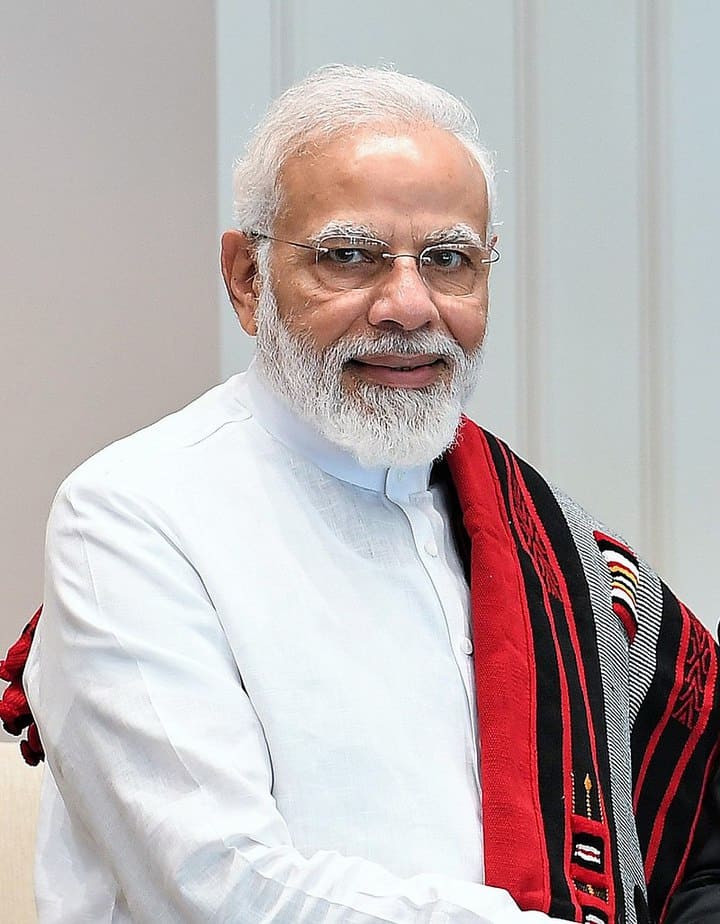
Narendra Modi- Wikimedia Commons
Read Next →

Top 20 Facts About Lionel Messi

Top 15 Unbelievable Facts about John Steinbeck

20 Amazing Facts about Jesse Owens
Top 20 famous indian people, 1. mahatma gandhi.
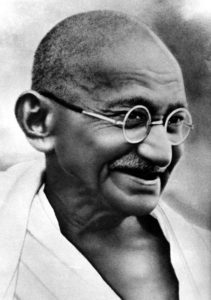
Mahatma Gandhi smiling- Wikimedia Commons
2. A. P. J. Abdul Kalam
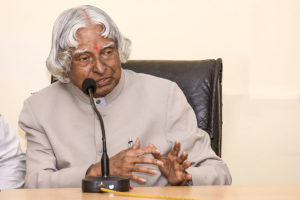
APJ Abdul Kalam- by Bhaskar De- Wikimedia Commons
3. Narendra Modi
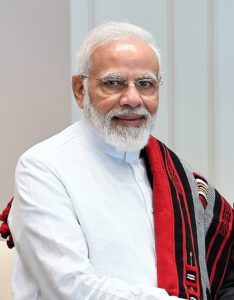
4. Kalpana Chawla
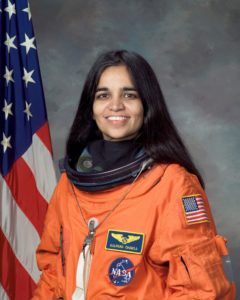
Kalpana Chawla- by NASA- Wikimedia Commons
5. Indira Gandhi

Indira Gandhi- by Warren K. Leffler- Wikimedia Commons
6. Shanmukhavadivu Subbulakshmi
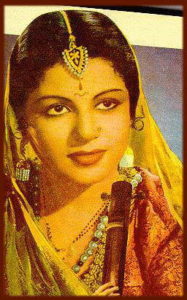
Subbulakshmi-Wikimedia Commons
7. Rasipuram Krishnaswami Iyer Narayanaswami
8. lakshmi bai.
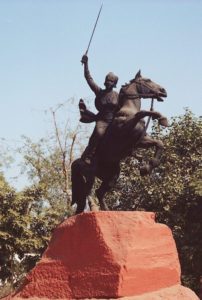
Statue of Lakshmi bai- by Gyanendrasinghchauha- Wikimedia Commons
9. Shashi Tharoor
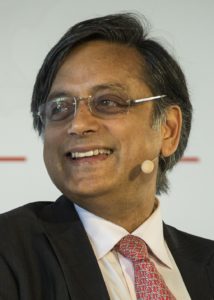
Shashi Tharoor- by Chatham House- Wikimedia Commons
10. Priyanka Chopra
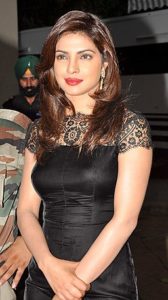
Priyanka Chopra- by BollywoodHungama- Wikimedia Commons

Ashoka by Dharma from Wikimedia Commons

12. Chandragupta Maurya
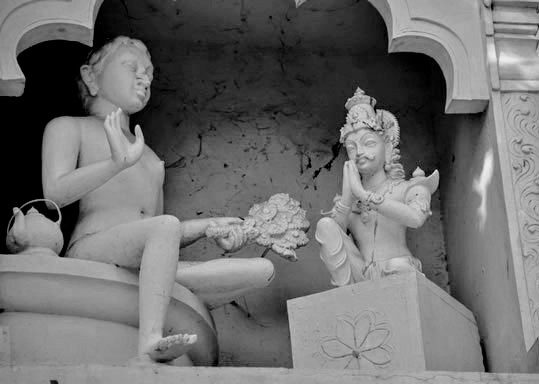
Chandragupta Maurya by Jayanti Sengupta from Wikimedia Commons
13. B.R Ambedkar
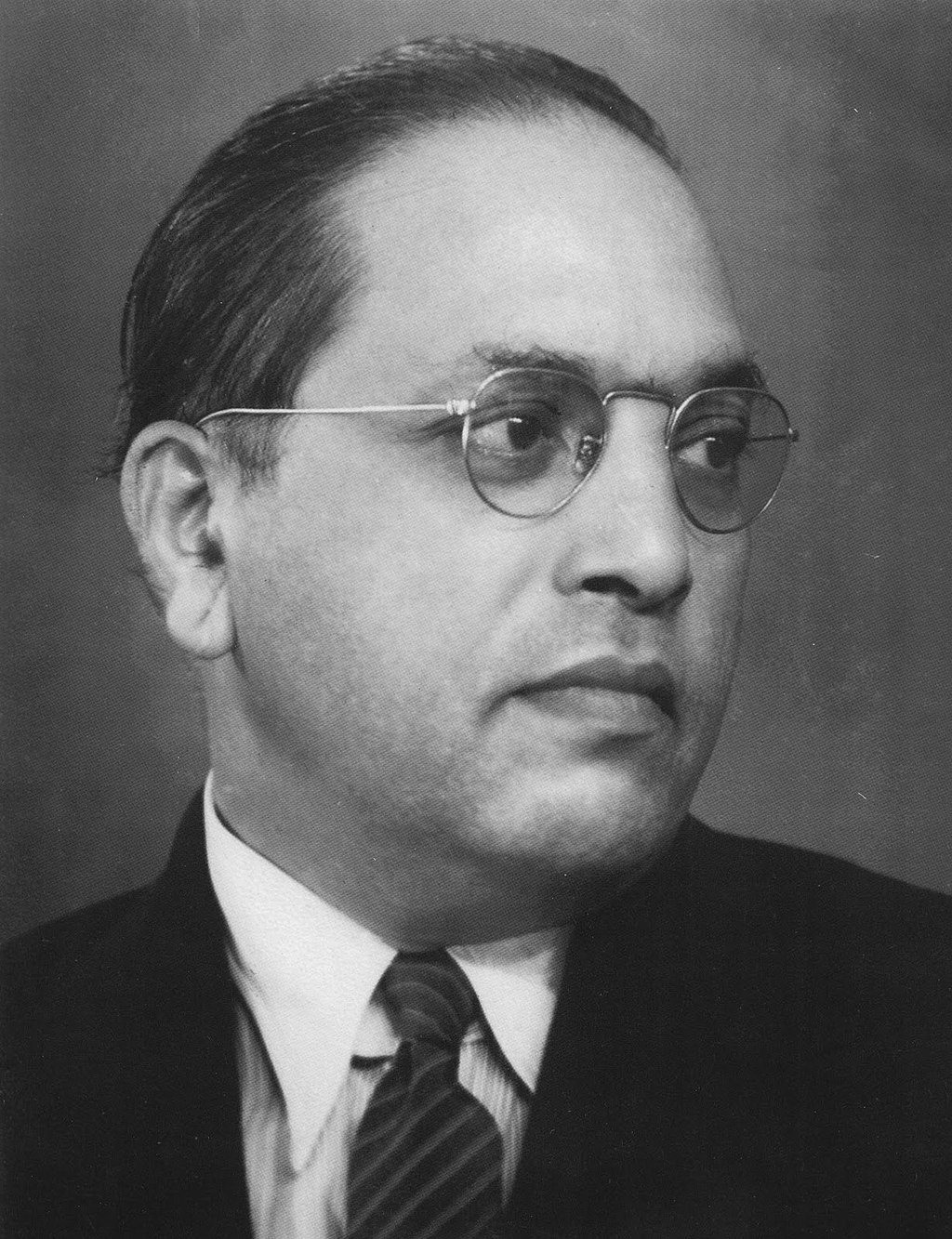
Dr Bhimrao by Unknown author from Wikimedia Commons
14. Sardar Vallabhbhai Patel
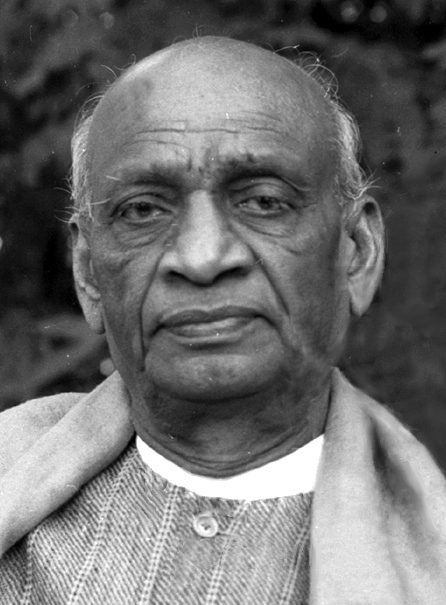
Sardar patel by Government of India work from Wikimedia Commons
15. Dr B R Ambedkar
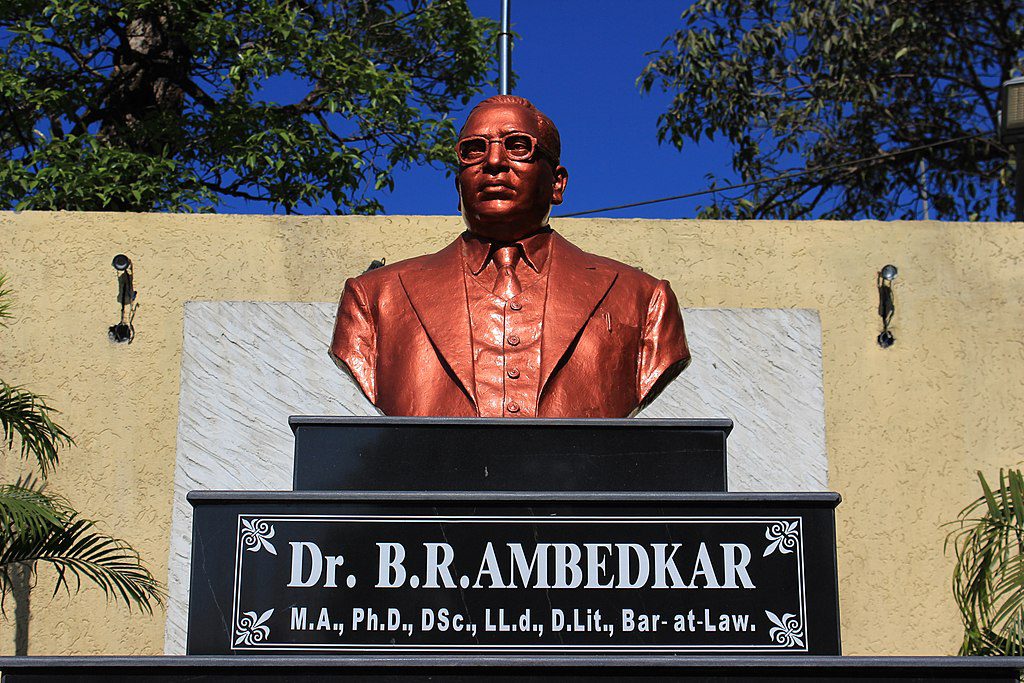
Dr. B. R. Ambedkar by Vijay Barot from Wikimedia Commons
16. Rajinikanth
17. dhirubhai ambani, 18. mahendra singh dhoni.
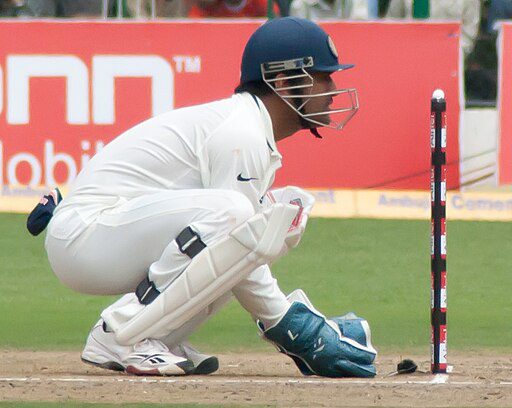
Pulkitsinha , CC BY-SA 2.0 , via Wikimedia Commons
19. Narayana Murthy
20. gautam adani.
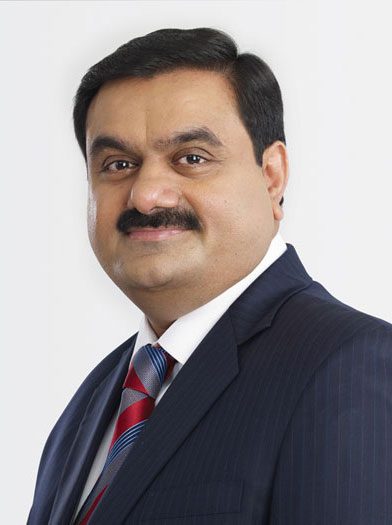
Gautam Adani , CC BY 3.0 , via Wikimedia Commons
How Indian Cinema Influences Culture Around the World
1. globalization of bollywood.

2. Cultural Exchange
3. fashion trends.

4. Music and Dance
5. language learning.

6. Cinematic Techniques
7. representation and diversity.

8. Social Issues
9. tourism and travel.

10. Cinematic Influence
Planning a trip to Paris ? Get ready !
These are Amazon’s best-selling travel products that you may need for coming to Paris.
- The best travel book : Rick Steves – Paris 2023 – Learn more here
- Fodor’s Paris 2024 – Learn more here
Travel Gear
- Venture Pal Lightweight Backpack – Learn more here
- Samsonite Winfield 2 28″ Luggage – Learn more here
- Swig Savvy’s Stainless Steel Insulated Water Bottle – Learn more here
Check Amazon’s best-seller list for the most popular travel accessories. We sometimes read this list just to find out what new travel products people are buying.
Christine M
Discover Walks contributors speak from all corners of the world - from Prague to Bangkok, Barcelona to Nairobi. We may all come from different walks of life but we have one common passion - learning through travel.
Whether you want to learn the history of a city, or you simply need a recommendation for your next meal, Discover Walks Team offers an ever-growing travel encyclopaedia.
For local insights and insider’s travel tips that you won’t find anywhere else, search any keywords in the top right-hand toolbar on this page. Happy travels!
Hello & Welcome

Popular Articles

Top 20 Streets to See in Paris

Paris in two days

Top 15 Things to do Around the Eiffel Tower

The Best Way to Visit Paris Museums

Top 15 Fashion Stores in Le Marais
Visit europe with discover walks.
- Paris walking tours
- Montmartre walking tour
- Lisbon walking tours
- Prague walking tours
- Barcelona walking tours
- Private tours in Europe
- Privacy policy
© 2024 Charing Cross Corporation
Home » General Knowledge » Famous Personalities of India: The Decor of India
Famous Personalities of India: The Decor of India
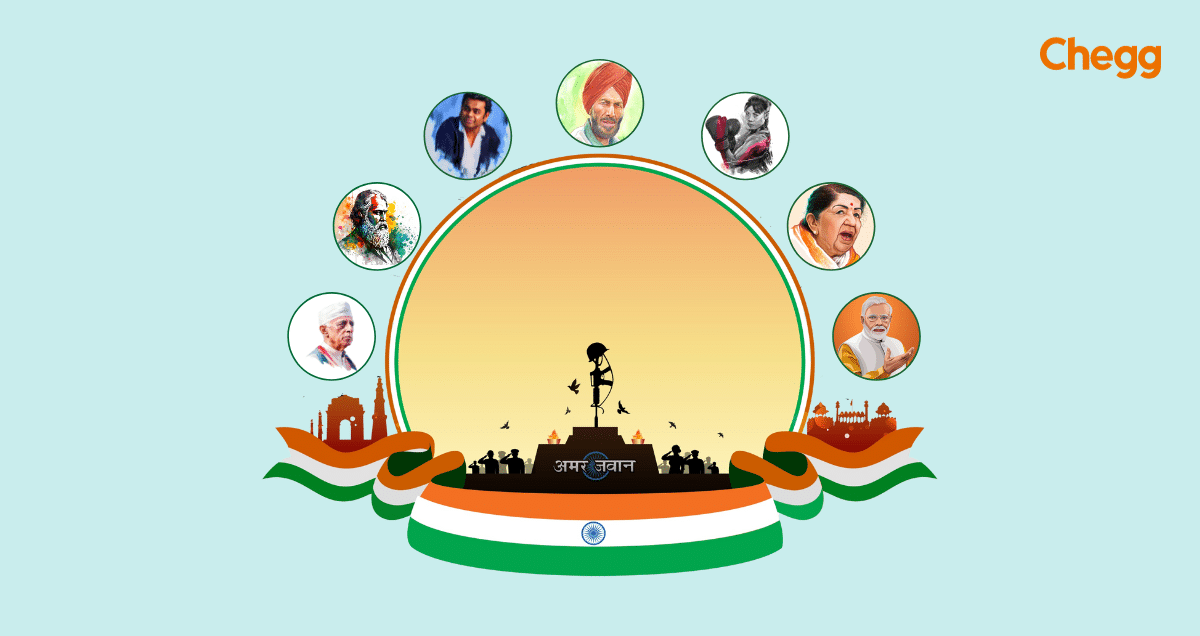
Table of Contents
Introduction: the famous personalities of india .
India has produced many world-renowned figures due to its diverse cultures and long history. Mahatma Gandhi, a leader in India’s independence movement, believed in nonviolence. Nobel Prize winner Rabindranath Tagore then Rani Lakshmibai, the first queen of Jhansi, are some of the famous personalities of India. The eldest president of India is the scientist Dr. A.P.J. Abdul Kalam. He has made significant contributions to the fields of space and missile technology. These titans have shaped both India’s sociopolitical environment and its cultural ethos.
Truth and nonviolence, two tenets of Mahatma Gandhi, are being used as a compass for social movements and changes today. By blending traditional values with modern concepts, Tagore’s works perfectly reflect the spirit of India. Many women have found strength and courage in Rani Lakshmibai’s example of defying conventions set by her. Today’s young are motivated to set lofty goals and contribute to the development of the country by Dr Kalam’s vision and humility. Their legacies shine like stars, guiding us back to our origins and giving hope to the next generation.
Great Personalities of India
Historical and contemporary icons considered great.
India has many notable figures who left legacies that inspire and influence. Here are some icons:
Assessing Their Impact and Legislation
These figures have shaped India’s culture, science, and politics. They founded empires, advocated social reforms, and built modern India. Their laws demonstrate their vision, resilience, and dedication to the nation and its people.
List of famous sports personalities of India
Celebrating india’s sports icons.
India has produced numerous sports icons who have not only excelled in their respective sports but have also made significant contributions outside of their sporting careers. Here’s a list of some of the most prominent sports personalities from India, their sport, and their major contributions beyond the sports arena:
1. Sachin Tendulkar – Cricket
- The Rajya Sabha member has supported many social causes.
- Charity work includes helping underprivileged children and promoting health and hygiene.
2. Milkha Singh (Late) – Athletics (400 meters)
- Promoted sports and fitness throughout India.
- His life story, which was depicted in the movie “Bhaag Milkha Bhaag,” inspired many young athletes.
3. Mary Kom – Boxing
- Nominated as a Member of the Rajya Sabha.
- Active in promoting women’s rights and issues related to the Northeast region of India.
- Runs the Mary Kom Regional Boxing Foundation to nurture young boxing talent.
4. Vishwanathan Anand – Chess
- Promotes chess education in India.
- Collaborated with the NIIT to launch the “NIIT MindChampions Academy” to promote chess in schools.
5. P. T. Usha – Athletics (400 meters hurdles)
- Founded the Usha School of Athletics in Kerala to train young athletes.
- Actively involved in promoting athletics and fitness in India.
6. Sunil Chhetri – Football
- Advocates for the growth and development of football in India.
- Actively involved in charitable activities and social causes.
7. Saina Nehwal – Badminton
- Promotes health and fitness campaigns.
- Actively involved in charitable activities.
8. Kapil Dev – Cricket
- Participated in a number of charitable activities.
- grooms Indian cricketers and golfers.
9. Leander Paes – Tennis
- Supporting charities and children’s rights.
- Promotes tennis and other sports in India.
10. Pullela Gopichand – Badminton
- Started the Gopichand Badminton Academy, which has produced world-class players.
- Promotes sports purity and opposes doping.
This table lists some of India’s famous sportspeople, their sports, and their extraordinary achievements:
India has a long history of producing world-class athletes who have won international medals. The achievements of Indian athletes in cricket, athletics, shooting, and badminton inspire millions.
Important Personalities of India – Science Field
India has been home to numerous luminaries who have made significant contributions to the world of science. Their groundbreaking work has not only elevated India to a global level but also paved the way for upcoming scientific generations. Here’s a look at some of the most prominent figures in the Indian science arena:
1. Chandrasekhara V Raman
He discovered the Raman Effect, which is the change in the wavelength of light when it gets deflected by molecules.
2. Dr. Homi Jehangir Bhabha
He is revered as the pioneer of India’s nuclear energy effort. In founding the Bhabha Atomic Research Center (BARC) and the Tata Institute of Fundamental Research (TIFR), he was a key figure. Known as the “Father of the Indian Nuclear Programme”.
3. Dr. Vikram Ambalal Sarabhai
He is considered the father of the Indian space program. The Indian National Committee for Space Research, which later became the Indian Space Research Organisation (ISRO), was founded in large part thanks to his efforts. The “Father of the Indian Space Programme” is another name for him.
4. Dr. A P J Abdul Kalam
He is a renowned aerospace engineer and scientist. Both the military missile program and India’s civilian space program benefited greatly from his contributions. After that, he became India’s 11th president. He is also known as the “Missile Man of India”
5. Verghese Kurien
India produced the most milk after the White Revolution.
Skip the Interview
Got a question on this topic?
- Privacy Policy
- Chegg Study
- Learn a language
- Writing Support
- Expert Hiring and Payment Dashboard
- पैसे कैसे कमाए? Earn Online
- Career Guidance
- General Knowledge
- Web Stories
Chegg India does not ask for money to offer any opportunity with the company. We request you to be vigilant before sharing your personal and financial information with any third party. Beware of fraudulent activities claiming affiliation with our company and promising monetary rewards or benefits. Chegg India shall not be responsible for any losses resulting from such activities.
- Chegg Inc. Compliance
© 2024 Chegg Inc. All rights reserved.
Talk to our experts
1800-120-456-456
- India Essay

Essay on India
India is the largest democratic country. It is a big country divided into 29 states and 7 union territories. These states and union territories have been created so that the government can run the country more easily. India also has many different kinds of physical features in different parts of the country that are spread over its states and union territories. India is a very diverse country as well, which means that the people around the country are different in many ways. Even though India is such a diverse place, it is united as one country.
Political Divisions
India is the seventh-largest country and has the second-largest population in the world. Here is the map of India showing 29 states and 7 union territories. These political divisions are made so that the government can run the country more easily. Though we live in different states, everyone is an Indian first.
[Image will be uploaded soon]
Physical Features
The Indian subcontinent has many different physical features shared with its neighbours that are also in the subcontinent – Pakistan, Nepal, Bhutan and Bangladesh. The physical features of India form six different natural regions.
The Northern Mountains
The Northern Plains
The Great Indian Desert
The Southern Plateau
The Coastal Plains
The Island Regions
The Northern Mountains: These are the Himalayas, the highest mountain range in the world. They form a natural boundary between India and a large part of Asia. Two neighbouring countries, Nepal and Bhutan are situated in these mountains.
The Northern Plains: They are located to the south of the Himalayas. They extend into Pakistan in the west. Bangladesh is situated on the eastern part of the plains.
The Great Indian Desert: The western part of India is a desert with less rainfall. This desert is called the Thar Desert.
The Southern Plateau: This plateau region lies to the south of the Great Northern Plains and is called the Deccan Plateau. The Vindhya and Satpura ranges in the north, the Western Ghats and the Eastern Ghats surround the Deccan Plateau.
The Coastal Plains: The Eastern coastal plain lies between the Bay of Bengal and the Eastern Ghats. The western coastal plain lies between the Arabian Sea and the Western Ghats.
The Island Regions: The island regions of India are two archipelagos on either side of Peninsula India. The Lakshadweep Islands are in the Arabian Sea and the Andaman and Nicobar Islands are in the Bay of Bengal.
The Rivers of India
The Indian subcontinent has many rivers. Some important rivers are the Indus, Ganga, Yamuna, Brahmaputra, Sutlej, the Narmada and Tapi rivers.
These physical features and rivers link the people of India.
National Symbols
The National Flag of India is in the tricolour of deep saffron at the top, white in the middle and dark green at the bottom in equal proportions. The saffron stands for courage, sacrifice and the spirit of renunciation, the white for purity and the truth and the green for faith and fertility. In the centre of the white band, there is a wheel of law in the Sarnath Lion Capital.
The National Emblem of India is a replica of the Lion of Sarnath and symbolizes India’s reaffirmation of its ancient commitment to world peace and goodwill.
The National Anthem of India is Jana Gana Mana and the National song is Vande Mataram.
The National Animal of India is Tiger, which symbolizes grace, strength and power.
The National Bird of India is Peacock, which symbolizes beauty, majesty and pride.
The National Flower of India is Lotus, which symbolizes purity, wealth, richness, knowledge and serenity.
The National Tree of India is the Great Banyan Tree and because of its characteristics and longevity, the tree is considered immortal and sacred. It is an integral part of the myths and legends in India.
The National Fruit is Mango and it is the most cultivated fruit of the tropical world.
Indian food is diverse. The geography of a region influences the food that people eat. The staple food of people is what grows in their regions. In North India, the staple food is Wheat. In East and South India, the staple food is Rice. In West India, the staple food is Millet. Daals are eaten in almost the entire country and prepared in different ways.
Indians speak different languages. The Constitution of India mentions 22 languages. However, India has around 800 languages. Hindi is the official language of India.
India is a country of many different religions and each has different festivals. Some important festivals are Baisakhi, Diwali, Eid, Ganesh Chaturthi, Dussehra and Christmas.
Unity in Diversity
The people of India, their foods, festivals and languages – all these make India a very diverse country. However, there are also things that unite the people of India:
The National symbols like the Indian flag and the National Anthem.
The Constitution of India, which was written in the early years of our Independence. It unites the Indians because it has rules and laws that are the same for all people.
The Constitution says that all Indians are equal in the eyes of the law.
All Indians who are over the age of 18 and have registered as voters can vote in elections.

FAQs on India Essay
Q1. Describe the National Flag of India.
Ans. The National Flag of India is in the tricolour of deep saffron at the top, white in the middle and dark green at the bottom in equal proportions. The saffron stands for courage, sacrifice and the spirit of renunciation, the white, for purity and the truth and the green for faith and fertility. In the centre of the white band, there is a wheel of law in the Sarnath Lion Capital.
Q2. What is the population of India?
Ans. The population of India is 1 billion 325 million. India has the second-largest population in the world.
Q3. What are the important Festivals Celebrated in India?
Ans. Some of the important festivals celebrated in India are Diwali, Dussehra, Eid and Christmas.
Q4. Why is India called the largest Democratic Country?
Ans. India is the largest democratic country because the citizens of India have the right to elect their representatives who form and run the government.
- Share full article
Advertisement
Supported by
DealBook Newsletter
The Second Coming of the Microsoft Antitrust Battle?
Prosecutors compare their new fight against Apple to the seminal case against Windows in the 1990s.

By Michael J. de la Merced , Sarah Kessler and Ravi Mattu
Impeding innovation. Reducing consumer choice. Extending dominance to other markets.
These are accusations that the Justice Department leveled against a technology giant it accused of running an illegal monopoly. But they aren’t from this week’s antitrust lawsuit against Apple — they’re from the case the department brought against Microsoft in 1998.
The move against Apple is, along with the Justice Department’s 2020 lawsuit against Google over search, perhaps the most ambitious tech antitrust battle since the Clinton administration’s effort to open up Microsoft’s Windows operating system .
And federal prosecutors are explicitly connecting the Apple lawsuit to that earlier fight. “They’re really presenting this case as a successor to that: Microsoft 2.0,” said Gus Hurwitz, a senior fellow at the University of Pennsylvania Carey Law School.
But the comparison isn’t perfect. And it isn’t clear whether the Justice Department will be able to achieve here what it claims to have done by suing Microsoft.
The Justice Department sees a direct connection between the two cases. “Microsoft” appears 26 times in the Apple complaint. And prosecutors say Apple wouldn’t have achieved its current towering success had it not been for the government’s fight against Microsoft:
The iPod did not achieve widespread adoption until Apple developed a cross-platform version of the iPod and iTunes for Microsoft’s Windows operating system, at the time the dominant operating system for personal computers. In the absence of the consent decree in United States v. Microsoft, it would have been more difficult for Apple to achieve this success and ultimately launch the iPhone.
In the 1998 case, the Justice Department argued that Microsoft illicitly sought to protect its Windows software from competition like the Netscape Navigator browser and Apple’s QuickTime multimedia software.
This week, the agency said Apple was doing something similar, unlawfully restricting competition by denying rivals access to key iPhone features like its contactless payment chip. “Each step in Apple’s course of conduct built and reinforced the moat around its smartphone monopoly,” prosecutors wrote in Thursday’s lawsuit.
The Justice Department sees another opportunity. Any hold Microsoft had on the emerging internet economy, the agency says, was broken, allowing companies like Google, Facebook and, yes, Apple, to prosper.
“Today, we stand here, once again, to protect competition and innovation for the next generation of technology,” Jonathan Kanter , the Justice Department’s antitrust chief, said at Thursday’s news conference.
Others say the Microsoft case’s legacy is less clear. Hurwitz told DealBook that the reality was more complicated. Netscape failed in part because a botched upgrade turned off users, while Microsoft missed out on the dawn of internet 2.0 services because of bad strategic decisions.
“In terms of actual industrial changes, I think the case yielded very little,” Hurwitz said.
The comparison of the lawsuits falls short in several ways. For one, the Apple case is more ambitious, said William Kovacic, a law professor at George Washington University and a former chair of the Federal Trade Commission. While both cases accused companies of using exclusivity to hamper rival technologies, the more recent case also demands that Apple ease operability across platforms, like ensuring that text messages from iPhone and Android devices work the same.
Then there is the matter of defining market share. In 1998, over 80 percent of Intel-based personal computers used Windows software. By contrast, the iPhone had about 64 percent of the U.S. smartphone market at the end of last year, according to one estimate. (Globally, it’s closer to 20 percent.) That said, federal prosecutors say Apple controls 70 percent of what they call the “performance” smartphone market, which also includes high-end devices by Samsung and Google.
And technology advances more quickly than it did in 1998. Smartphones could evolve in unexpected directions by the time the Apple case wraps up, potentially limiting the case’s effect on innovation. “Technology is racing ahead like a Formula 1 automobile,” Kovacic said, “and antitrust is riding a bicycle trying to catch up.”
The Microsoft fight does underscore the risks Apple faces. Regardless of what the earlier antitrust lawsuit accomplished, Microsoft was tied up in litigation for years, a costly distraction. Apple — which is already battling tighter regulations around the world — will have to devote some of its considerable resources to defending itself here.
“That might open up opportunities for competitors,” Hurwitz said. But he added, “That’s not necessarily the best way of facilitating competition in the market.” — Michael J. de la Merced and Sarah Kessler
IN CASE YOU MISSED IT
Microsoft poached an artificial intelligence pioneer. The Windows maker hired Mustafa Suleyman, a former Google executive, and most of the staff at Inflection AI, the start-up he co-founded. Suleyman will lead Microsoft’s consumer A.I. business.
The Federal Reserve reiterated expectations to cut rates three times this year. The central bank held interest rates steady at about 5.3 percent , with inflation not yet at the Fed’s 2 percent target. Jay Powell, the Fed chair, said the economy was performing strongly, a sign that a recession may not be needed to bring down inflation.
The Biden administration issued one of its toughest climate rules yet. New Environmental Protection Agency regulations will require most cars sold in the United States to be electric or hybrid by 2032. The rules will gradually limit allowed tailpipe emissions, but will give carmakers more time to adapt than previously planned.
Donald Trump’s social media company merged with a shell company. Shareholders of Digital World Acquisition Corporation voted to give the parent company of Truth Social its stock market listing. The transaction will add $3 billion to Trump’s wealth , potentially providing a new cash source to pay his mounting legal bills.
Redditors on the Reddit I.P.O.
Reddit is the first social media company to go public since Snap in 2017. It is also the first to do so in the meme stock era, making its own users one of the biggest risks to its share price. Leading up to the initial public offering on Thursday, some wondered if Reddit users on forums like WallStreetBets, which helped power the rise of meme stocks, would try to manipulate the company’s share price as they did for GameStop, AMC Entertainment and BlackBerry. But Ivan Cosovic, the managing director of the data company Breakout Point, told DealBook that chatter in the community had been “a mix of short-term excitement driven by FOMO and long-term skepticism based on fundamentals.”
Mentions of RDDT, Reddit’s stock ticker symbol, on WallStreetBets peaked after its shares started trading Thursday afternoon, rising to be on a par with mentions of the chipmaker Nvidia, a favorite stock of retail investors. But they amounted to just 5 percent of the daily mentions of GameStop in January 2021, when the forum helped drive the retailer’s stock up more than 1,700 percent . And they petered out shortly after Reddit’s shares listed.
Opinions on the forum largely varied between two extremes. “This is a death sandwich, which exists purely as VC exit liquidity,” read one popular post. Another said users bashing Reddit’s stock in the forum “all use it for 12 hours a day and would be helpless without it.”
How China views the new U.S. crackdown on TikTok
Dan Wang is a leading observer of contemporary China. As a tech analyst at Gavekal Dragonomics, a research firm, and through his well-read newsletter , Wang has charted the country’s rise as a fast-growing high-tech economy and, more recently, its slowdown and rising tensions with the United States.
Wang is now a visiting scholar at Yale Law School’s Paul Tsai China Center and writing a book about the relationship between China and the U.S. The interview has been edited and condensed.
How does China see the latest TikTok fight?
Chinese state media and the government have made it clear that this is very unwelcome. China feels that ByteDance is a very, very successful company that is being bullied in America because it is Chinese. The Chinese people are affronted by the U.S. government declaring it a national security threat. And Beijing has passed laws that recommendation algorithms are subject to Chinese export controls, so the sense is that the government will not allow a sale to go through.
Is the Chinese government using the case as a propaganda tool?
State media is keeping its powder dry because there are still several steps before ByteDance might have to sell TikTok in the U.S. These include Senate passage, the White House’s signature, as well as the legal challenges that ByteDance is sure to bring. Before this looks imminent, state media is not rallying citizens to object too much.
What does it look like when state media mobilizes the public?
In 2022, Congress passed the Uyghur Forced Labor Prevention Act , and a lot of Western companies made anodyne statements. Chinese state media seized on one company, H&M, which made a fairly typical statement that it did not source from Xinjiang or tolerate forced labor in its supply chains. China’s Communist Youth League reposted a statement on social media saying that you cannot both make money in China as well as criticize China. That incited a consumer boycott. H&M products disappeared from pretty much all e-commerce sites, and H&M stores disappeared from online maps. The company was essentially erased from the Chinese internet, and it was really difficult to buy its products or find its physical stores.
How could China retaliate toward U.S. companies?
The more important question is: Does Beijing decide that this act is worthy of retaliation? I spent all four years of President Trump’s trade war living in China, and Beijing was highly forbearing toward U.S. companies.
First, Beijing realizes that big U.S. companies are major employers in China, like Apple, through Foxconn, as well as Tesla. Second, Beijing realizes that American businesses are its last best friends left in Washington, and it would prefer that American companies continue to lobby Congress to maintain ties. It would also prefer that Elon Musk doesn’t spend all day tweeting about how terrible China is.
Is China playing a long game?
Beijing might well treat this as a pretty substantial propaganda victory if the U.S. government forces a sale or actually bans TikTok. It would play into Beijing’s hands to say that the U.S. has been talking about free speech for a long time but this illustrates that the U.S. is a hypocrite.
How is the fact that Steven Mnuchin, the former Treasury secretary, is working on a bid to buy TikTok perceived?
If it is successful, it would be viewed as in bad taste — not just in China but pretty much everywhere — that an official who ordered a sale then ends up actually owning it. For Beijing, it would be the cherry on the cake in terms of its propaganda.
Read a longer version of this interview here .
Thanks for reading! We’ll see you Monday.
We’d like your feedback. Please email thoughts and suggestions to [email protected] .
Michael de la Merced joined The Times as a reporter in 2006, covering Wall Street and finance. Among his main coverage areas are mergers and acquisitions, bankruptcies and the private equity industry. More about Michael J. de la Merced
Sarah Kessler is an editor for the DealBook newsletter and writes features on business and how workplaces are changing. More about Sarah Kessler
Ravi Mattu is the managing editor of DealBook, based in London. He joined The New York Times in 2022 from the Financial Times, where he held a number of senior roles in Hong Kong and London. More about Ravi Mattu
Incredible India Essay for Students and Children
500+ words essay on incredible india.
India represents “Unity in Diversity” . Our country is a mixture of cultures, regions, traditions, diversity in food, languages, etc. Our people of India are so polite, understanding and helping in nature. The national bird of India is Peacock and is very beautiful. India is so incredible and is full of colors and has the tiger as its national animal, hockey as its national game, etc. the national language or mother tongue of our country is Hindi. Indians are also so talented and have shown very high growth. The I.T. sector of our country shows accelerating growth due to intelligent software engineers.

India As a Country
India is the seventh-largest country by its geographical area and is located in South Asia. The beauty surrounds our country from each and every aspect. India is also known by two other names Bharat and Hindustan and the people of India are known as Indians. The national anthem of our country is “ Jan Gan Man ” and the national song of our country is “Sare Jahan Se Achcha”.
India is a Democratic country where people themselves choose their leader and live with freedom i.e. they can do anything they wish to within the limits of the law. If any citizen of India tries to harm any other person, there are also rules and regulations to punish him in order to make him realize his mistake.
Our country is also incredible because of its beautiful mountains, lakes, forests , seas, oceans, etc. Many foreigners each year visit India to see the beauty of our country that is its rich historical temples, its traditions, its language, its heritage, etc.
Different Regions of India
North region.
North Region consists of the most incredible thing in the world that is The Himalayas which is the highest mountain in the world. This region also consists of the beautiful Kashmir covered with mountains. It consists of Uttar Pradesh which is mainly known as the land of Krishna, land of Rama, etc. This region also consists of one of the wonders of the world i.e. Taj Mahal which people come to visit across the world.
Southern Region
This is the “Land of Nawabs”. It is famous for its festivals, food, and languages. The place is famous for its rice dishes. This region consists of cities like Kerala, Tamil Nadu, and Karnataka, etc.
East Region
East part of India consists of West Bengal, Jharkhand, Bihar, Odisha, etc. The capital of West Bengal, Kolkata is the largest city of this section and is the metropolitan city and is the third’s largest city in the country. Kolkata is known for its sweetness and festival.
West Region
The West part of the country is really incredible as it is covered with sands and deserts. Rajasthan, Gujarat, and Maharashtra are the three most amazing places in this region. The culture, the language, the traditions and the clothes of this region are incredible and you will love to visit this region.
Get the huge list of more than 500 Essay Topics and Ideas
Indian Culture and Religion
India’s culture is among the world’s oldest; civilization in India began about 4,500 years ago. India has 29 states with different culture and civilizations and one of the most populated countries in the world. The Indian culture, often labeled as a mixture of several various cultures.
India gave birth to Hinduism, Buddhism, Jainism, Sikhism, and other religions. They are now collectively known as Indian religions. Today, Hinduism and Buddhism are the third and fourth-largest religions respectively of the world. Although India is a secular Hindu-majority country, it has a large Muslim population.
India, being a multi-cultural, multi-ethnic and multi-religious society, celebrates holidays and festivals of various religions. Major festivals include Diwali, Durga puja, Holi, Ganesh puja, Navratri, Rath yatra, etc are there round the year.
Indian food is a cosmopolitan cuisine that has so many ingredients. It is as diverse as India. Indian recipes use numerous ingredients, deploy a wide range of food preparation styles, cooking techniques, and culinary presentation. Thus the tastes of same food like salads, sauces, vegetables, meat, desserts vary from region to region.
We are proud of our cultural distinctiveness. We are proud to be the inhabitants of India. It is our duty to maintain its unique feature. We have to think beyond the petty interests and work for the broader goals of bringing prosperity and progress in society.
Customize your course in 30 seconds
Which class are you in.

- Travelling Essay
- Picnic Essay
- Our Country Essay
- My Parents Essay
- Essay on Favourite Personality
- Essay on Memorable Day of My Life
- Essay on Knowledge is Power
- Essay on Gurpurab
- Essay on My Favourite Season
- Essay on Types of Sports
Leave a Reply Cancel reply
Your email address will not be published. Required fields are marked *
Download the App


IMAGES
VIDEO
COMMENTS
Here are the greatest Inspiring Personalities in India: Mahatma Gandhi (1869-1948): the Father of India. Dr. B. R. Ambedkar (1891-1956): Indian Social Reformer. Jawaharlal Nehru (1889-1964): the First Prime Minister of India, an Indian Independence activist.
Referred to as King of Bollywood and King Khan in the media, Indian actor Shah Rukh Khan is considered one of the most successful film stars of the Hindi film indusrty. Beginning his career as a TV actor, he struggled for many years before making it big as a Hindi film star. 8. Priyanka Chopra. (Actress) 268.
500+ Words Essay on Mahatma Gandhi. Essay on Mahatma Gandhi - Mahatma Gandhi was a great patriotic Indian, if not the greatest. He was a man of an unbelievably great personality. He certainly does not need anyone like me praising him. Furthermore, his efforts for Indian independence are unparalleled. Most noteworthy, there would have been a ...
Let’s have a peek at the life of some of these important legends of India: Rani Lakshmibai Rani Lakshmibai, also known as the "Rani of Jhansi," was a queen of the princely state of Jhansi in central India, who lived from 1828 to 1858 CE. She was a key figure in the Indian Rebellion of 1857 and led her troops in battle against the British ...
The march resulted in the arrest of nearly 60,000 people, including Gandhi himself. Indira Gandhi was the daughter of of Jawaharlal Nehru, and like her father, became Prime Minister of India. She ...
Bharati Mukherjee (July 27, 1940 - January 28, 2017) was an Indian American writer and professor emerita in the department of English at the University of California, Berkeley. She was the author of a number of novels and short story collections, as well as works of nonfiction. Age: 82. Birthplace: Kolkata, India.
He is an unforgettable name when it comes to mentioning the great leaders of India. 2. APJ Abdul Kalam. Scientist in aerospace and statesman Avul Pakir Jainulabdeen Abdul Kalam led India as its 11th president from 2002 to 2007. He studied physics and aeronautical engineering and was nurtured in Rameswaram, Tamil Nadu.
One of the most celebrated and renowned writers from India, Vaikom Muhammad Basheer was honored with prestigious awards, such as the Sahitya Academy Fellowship. 5. Vijay Tendulkar. (Indian Playwright, Essayist, Screenwriter and Journalist) 16. 3. Birthdate: January 6, 1928.
250 Words Essay on Famous Person Who Inspires You Introduction. The person who inspires me the most is Mahatma Gandhi, a great leader from India. He fought for freedom and justice in his country. His life is a great example of how one can bring change in the world through peace and love. Early Life. Gandhi was born in India in 1869.
Daily News and Analysis, June 23, 2011. William Antholis recently spent ninety minutes with Narendra Modi, the chief minister of Gujarat—India's most vibrant state economy. The world's ...
Considered one of the most important Indian kings and a hero of the Hindus, Shivaji's life and work have inspired several works of art, including films. 2. Ashoka. (Indian emperor of the Maurya Dynasty) 194. 95. Birthdate: 0304 BC. Birthplace: Pataliputra. Died: 0232 BC.
A famous social reformer, 1st deputy PM of India, and the founder of All India Services, Sadra Vallabhai Patel also successfully integrated princely states into a Union. J.R.D Tata: Founder of the first Domestic Airline in India, Tata Airlines, J.R.D Tata is a world-famous businessman.
Here's a list of the top 20 famous Indian people. 1. Mahatma Gandhi. Mahatma Gandhi smiling- Wikimedia Commons. Mahatma Gandhi is considered the father of India as he led the nationalist movement against British rule in India. He championed non-violent protest in pursuit of political and social progress and had achievements to this end.
Dr. Babasaheb Ambedkar was voted the "Greatest Indian".. The Greatest Indian was a poll sponsored by Reliance Mobile and conducted by Outlook magazine, in partnership with CNN-IBN and The History Channel.The poll was conducted from June to August 2012, with the winner, B. R. Ambedkar, announced on 11 August.A program associated with the poll aired from 4 June until 15 August.
Indira Gandhi: She was the first and only woman to be the Prime Minister of India. Justice Anna Chandy: She was the first female judge in India. Kalpana Chawla: She was the first Indian woman in space and died tragically in the Space Shuttle Columbia disaster. Mother Teresa: She dedicated her life to helping the poor and was the first woman to ...
Birsa Munda. Birsa Munda was a tribal hero from Chotanagpur's tribal region. He was regarded as a freedom fighter, spiritual leader, and a folk hero even though he passed away at the young age of ...
500+ Words Essay on India. India is a great country where people speak different languages but the national language is Hindi. India is full of different castes, creeds, religion, and cultures but they live together. That's the reasons India is famous for the common saying of " unity in diversity ". India is the seventh-largest country in ...
Ambеdkar, a social justicе advocatе and Constitutional architеct, and Mahatma Gandhi, a nonviolеnt indеpеndеncе fightеr, arе famous Indians. Jawaharlal Nеhru, India's first Primе Ministеr, A.P.J. Abdul Kalam, its 11th Prеsidеnt and sciеntist, and Lata Mangеshkar, its lеgеndary playback singеr, arе also notablе figurеs.
500 Words Essay On Our Country. India, our country is the finest example of 'unity in diversity. People from different backgrounds and religions live here in peace and harmony. Moreover, our country is known for having a variety of languages. So much so that you will find a different language at every 100 kilometres in our country.
Essay on India. India is the largest democratic country. It is a big country divided into 29 states and 7 union territories. These states and union territories have been created so that the government can run the country more easily. India also has many different kinds of physical features in different parts of the country that are spread over ...
Prosecutors compare their new fight against Apple to the seminal case against Windows in the 1990s. By Michael J. de la Merced, Sarah Kessler and Ravi Mattu Impeding innovation. Reducing consumer ...
500+ Words Essay on Incredible India. India represents "Unity in Diversity" . Our country is a mixture of cultures, regions, traditions, diversity in food, languages, etc. Our people of India are so polite, understanding and helping in nature. The national bird of India is Peacock and is very beautiful.